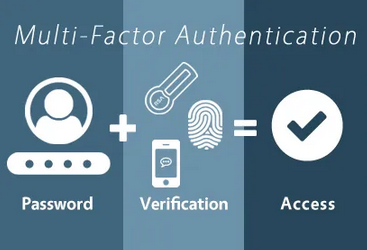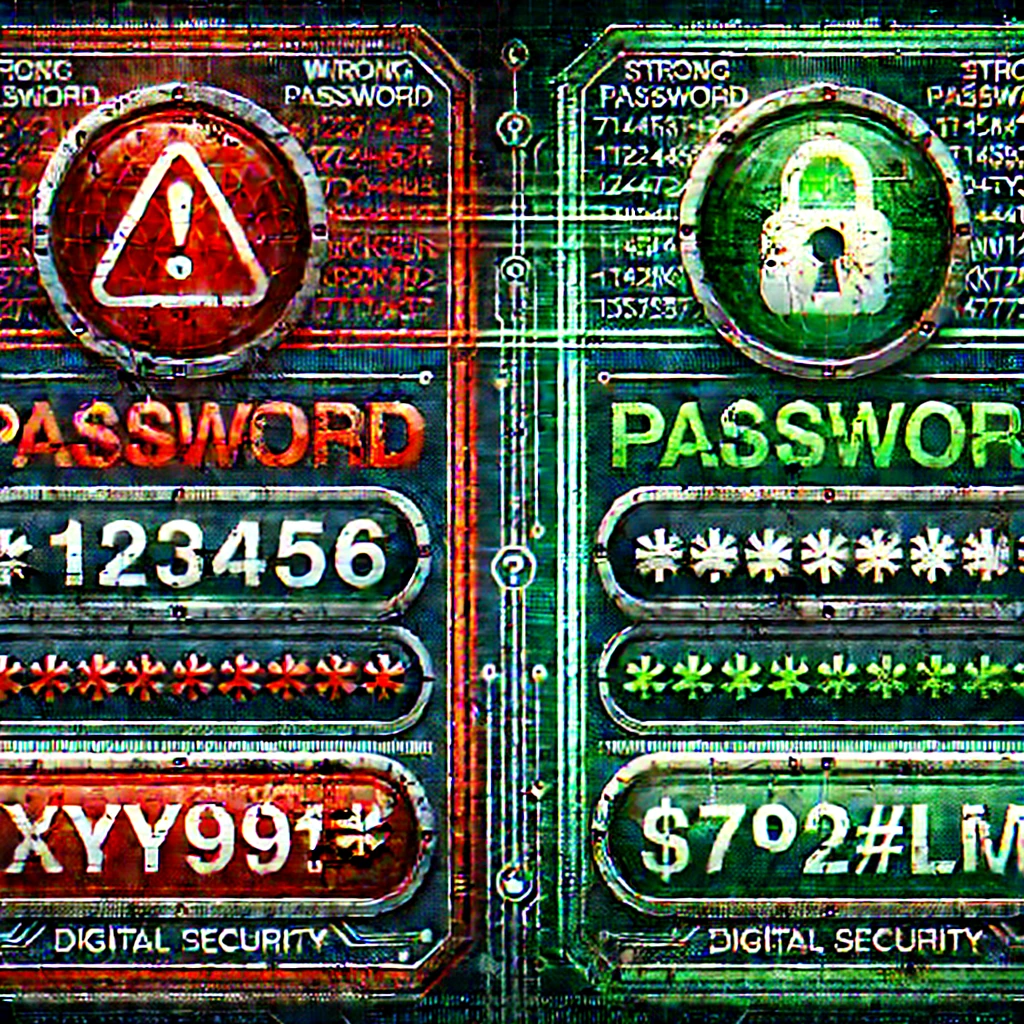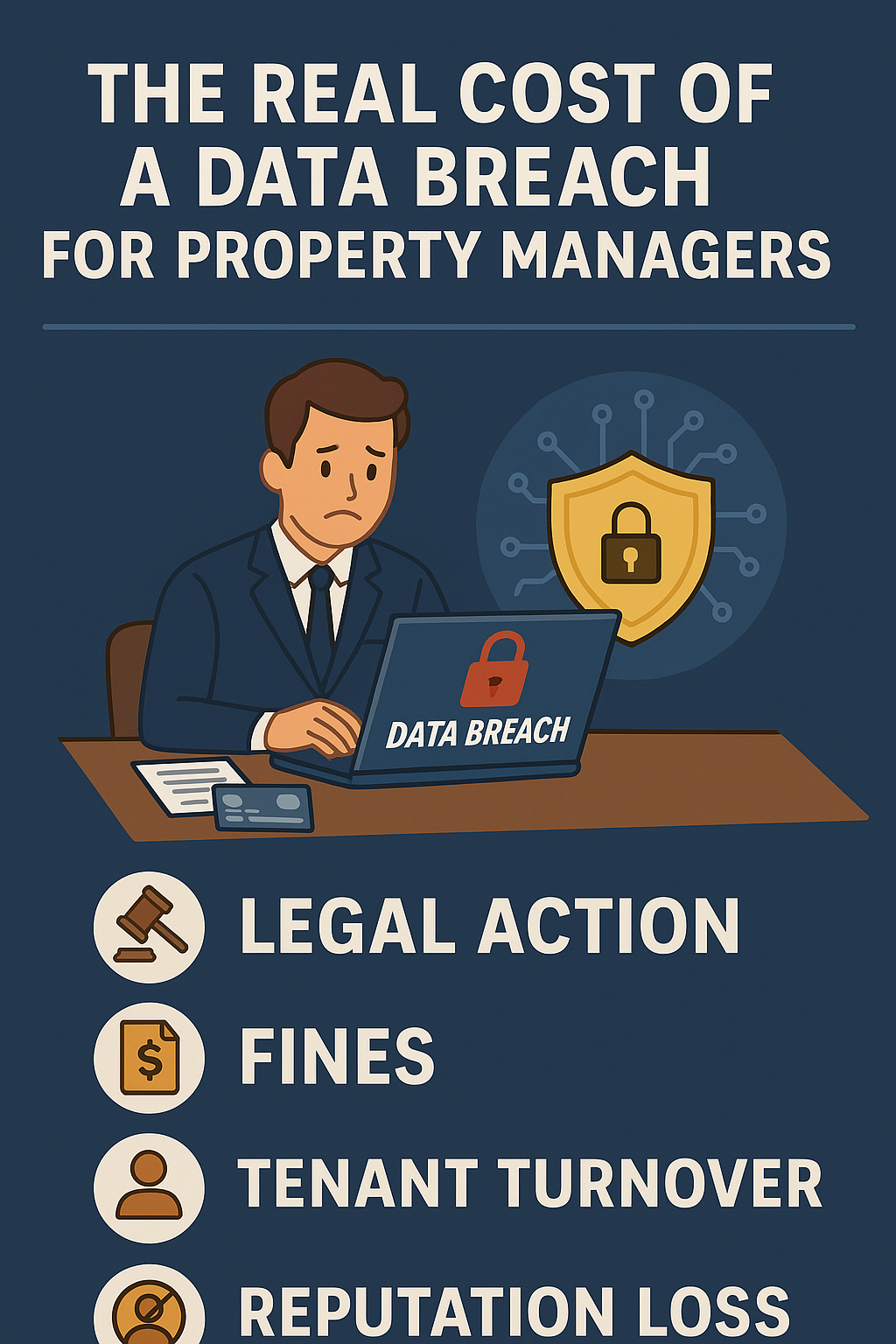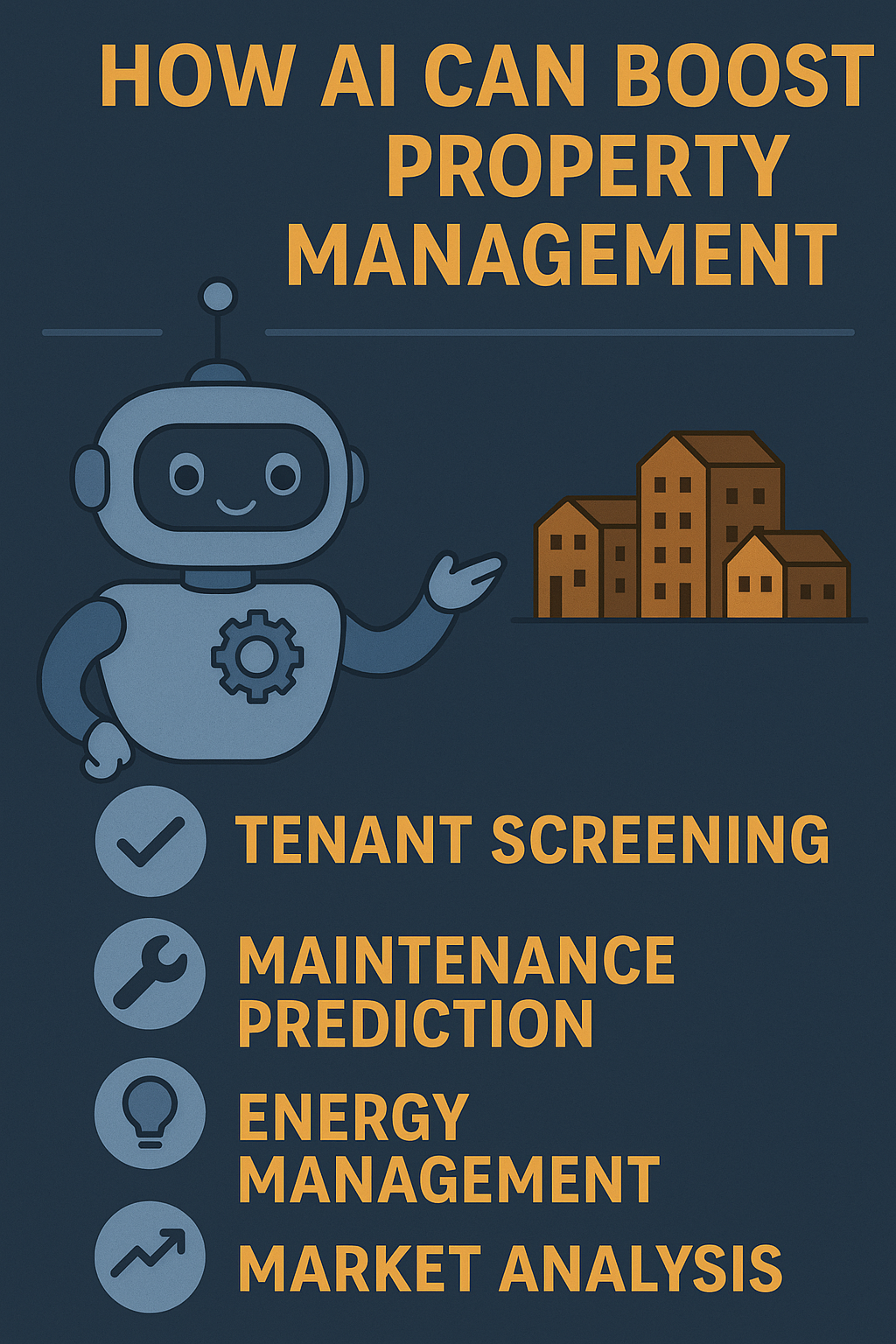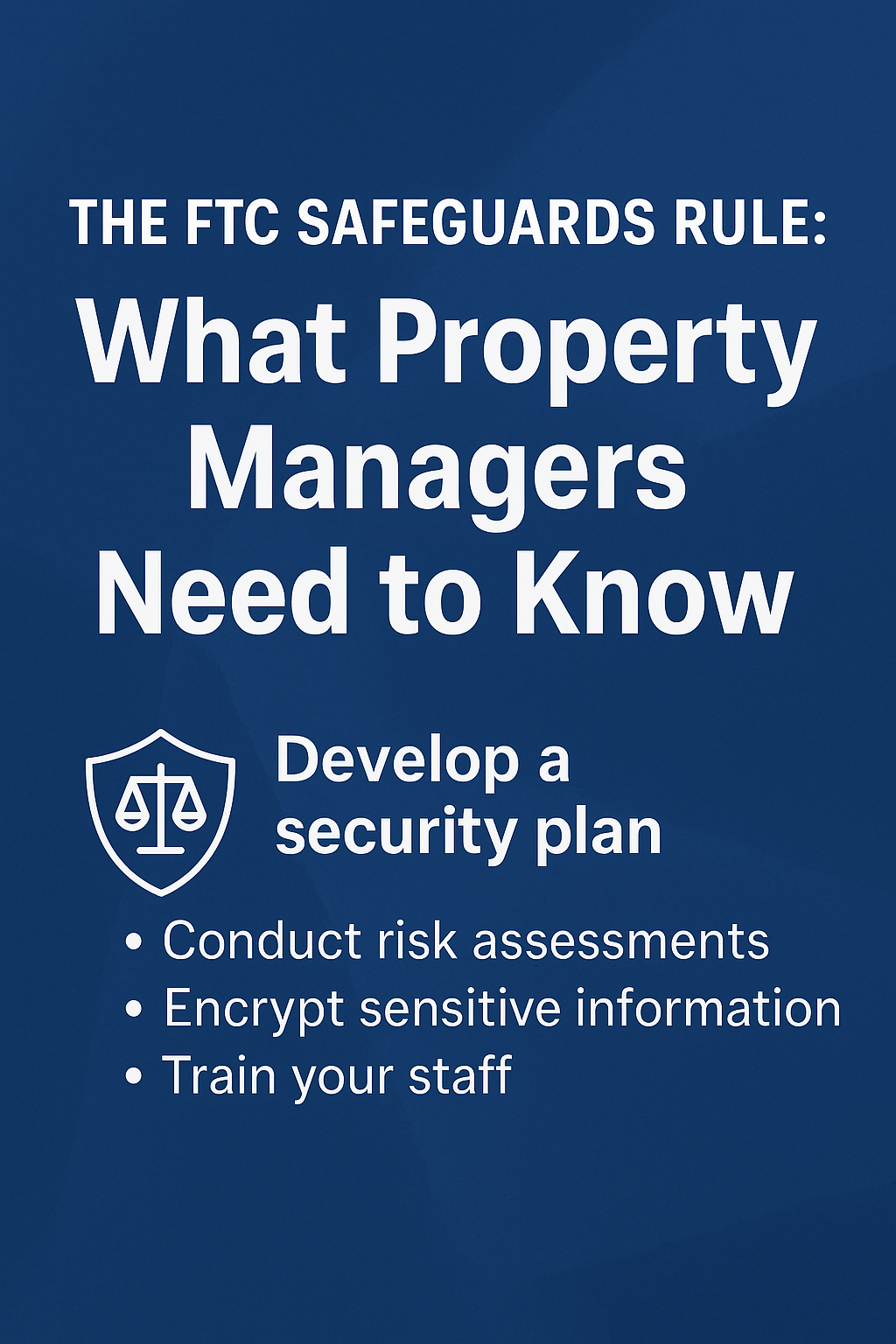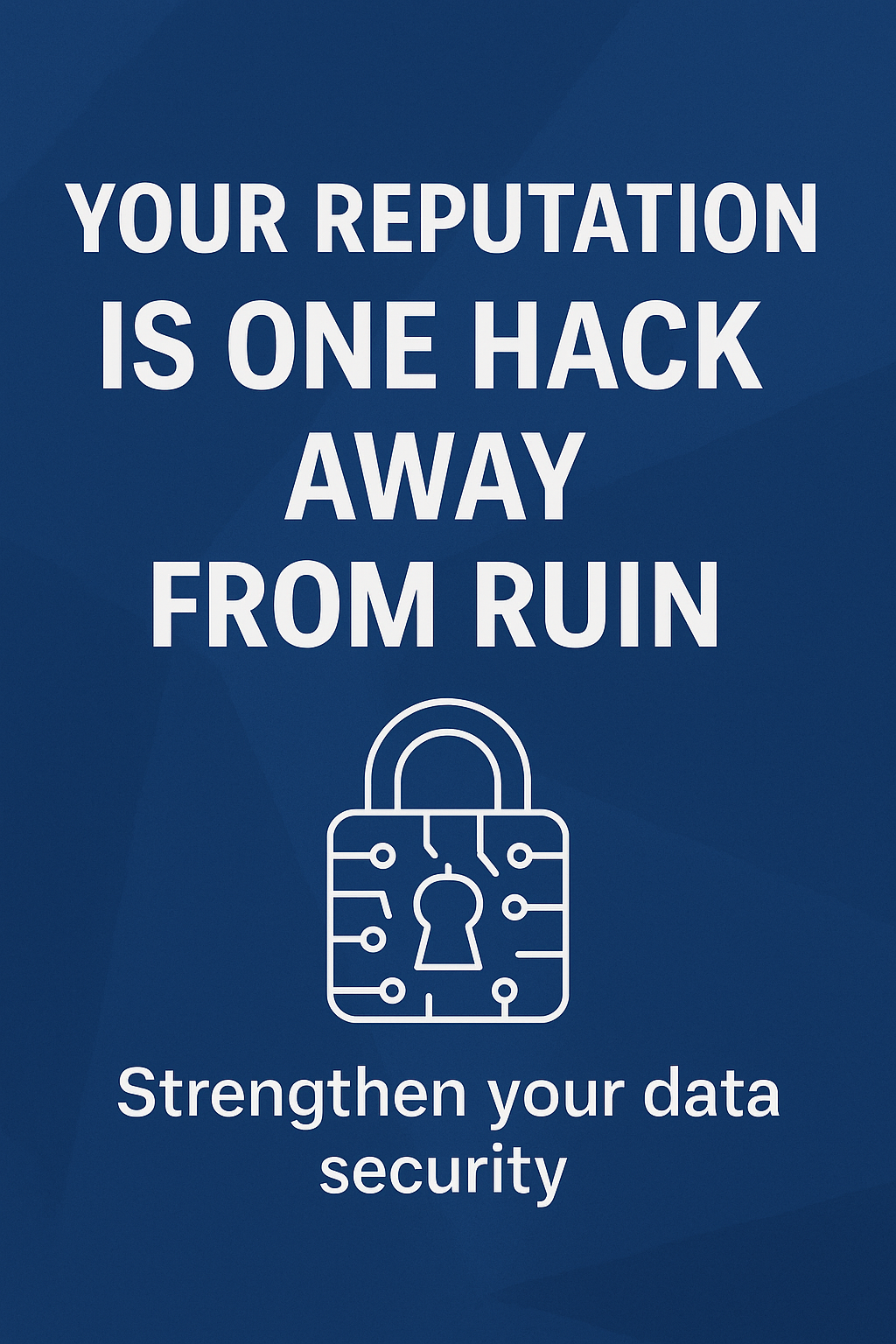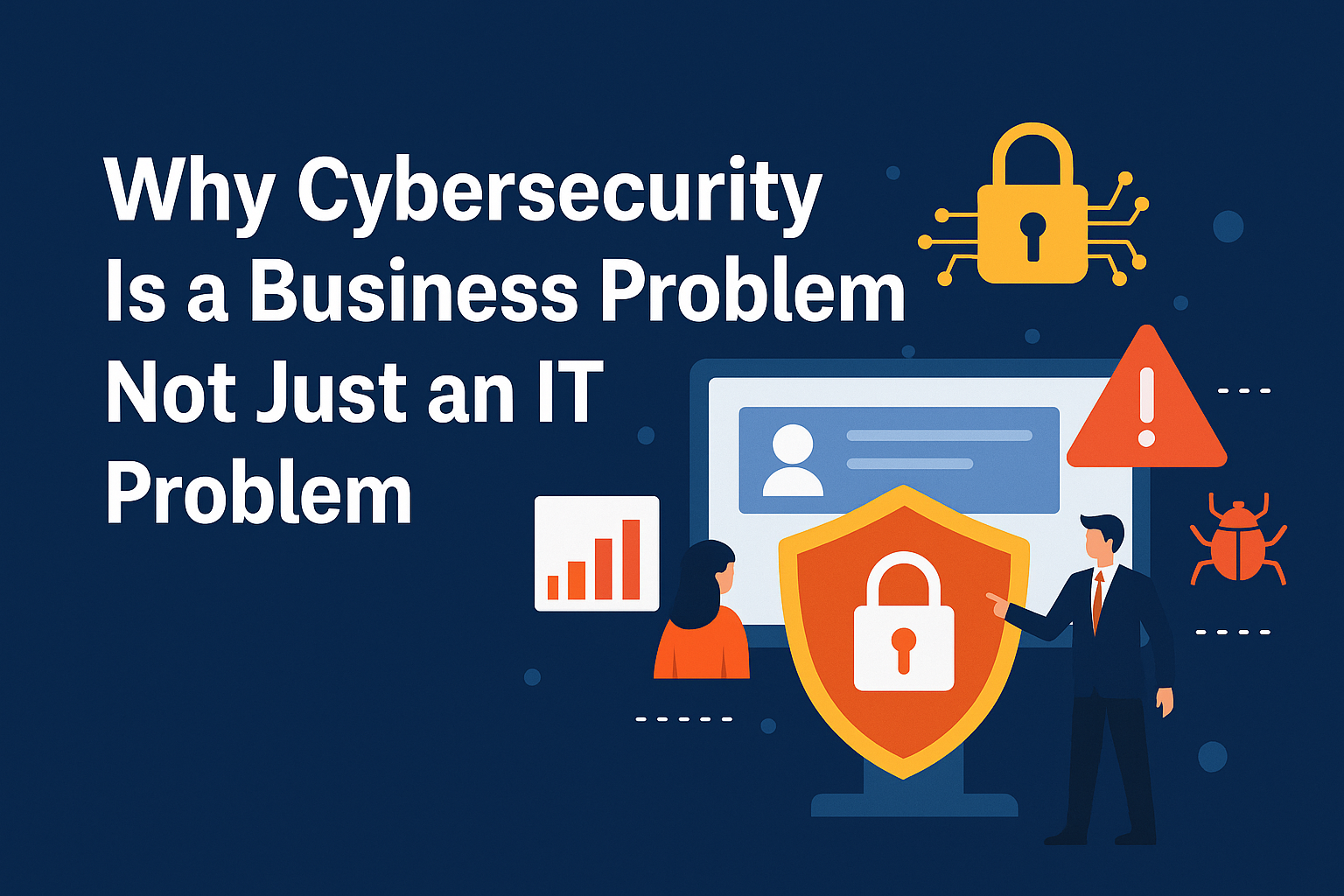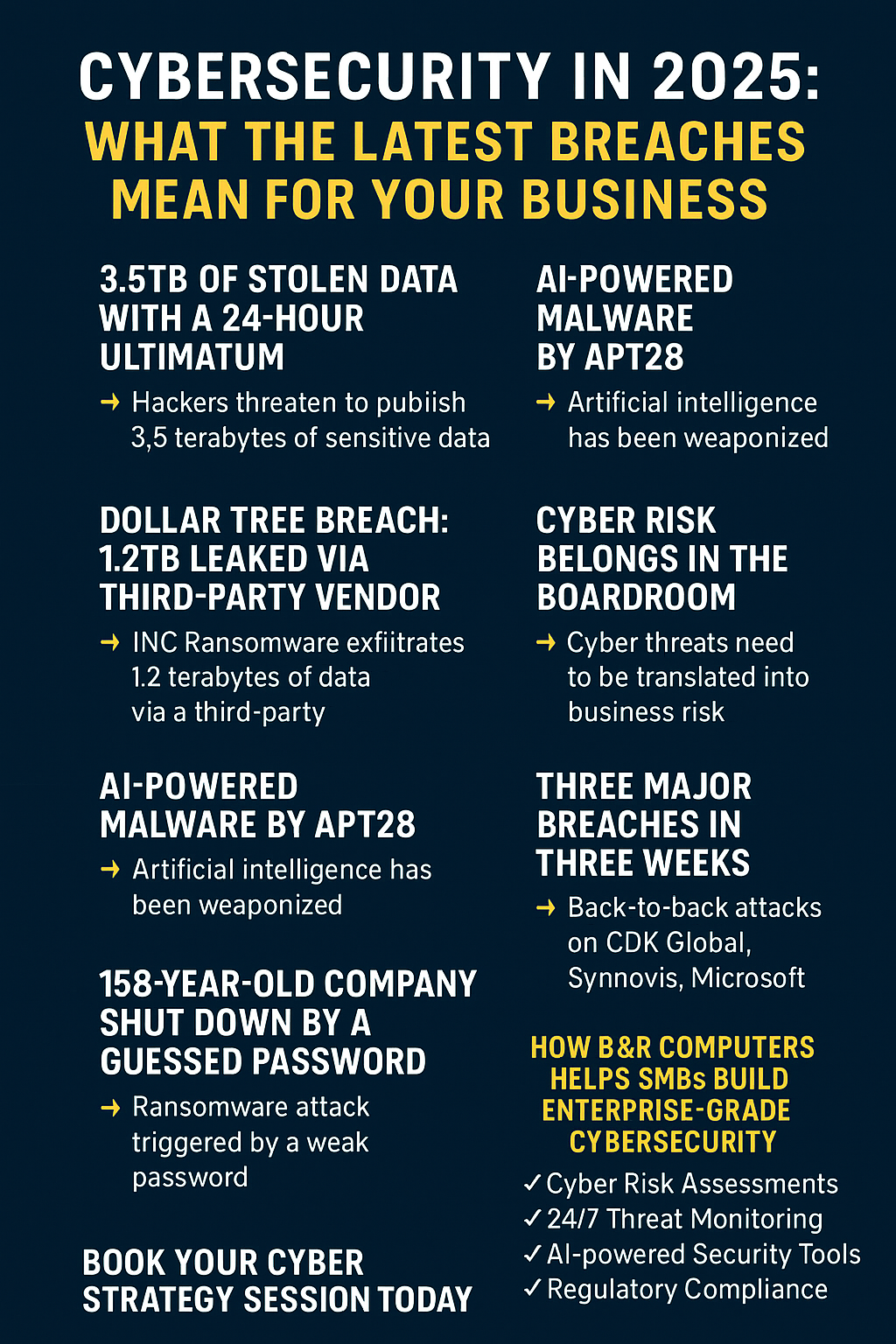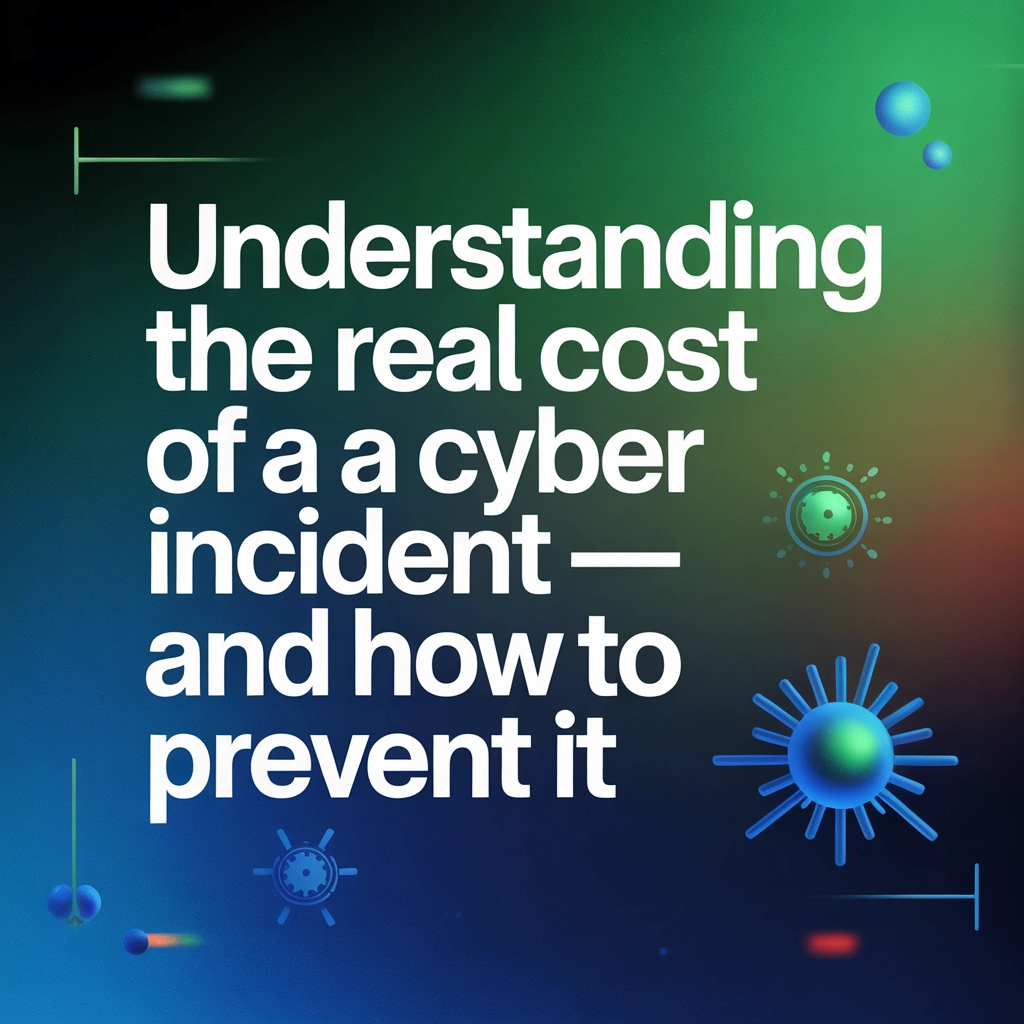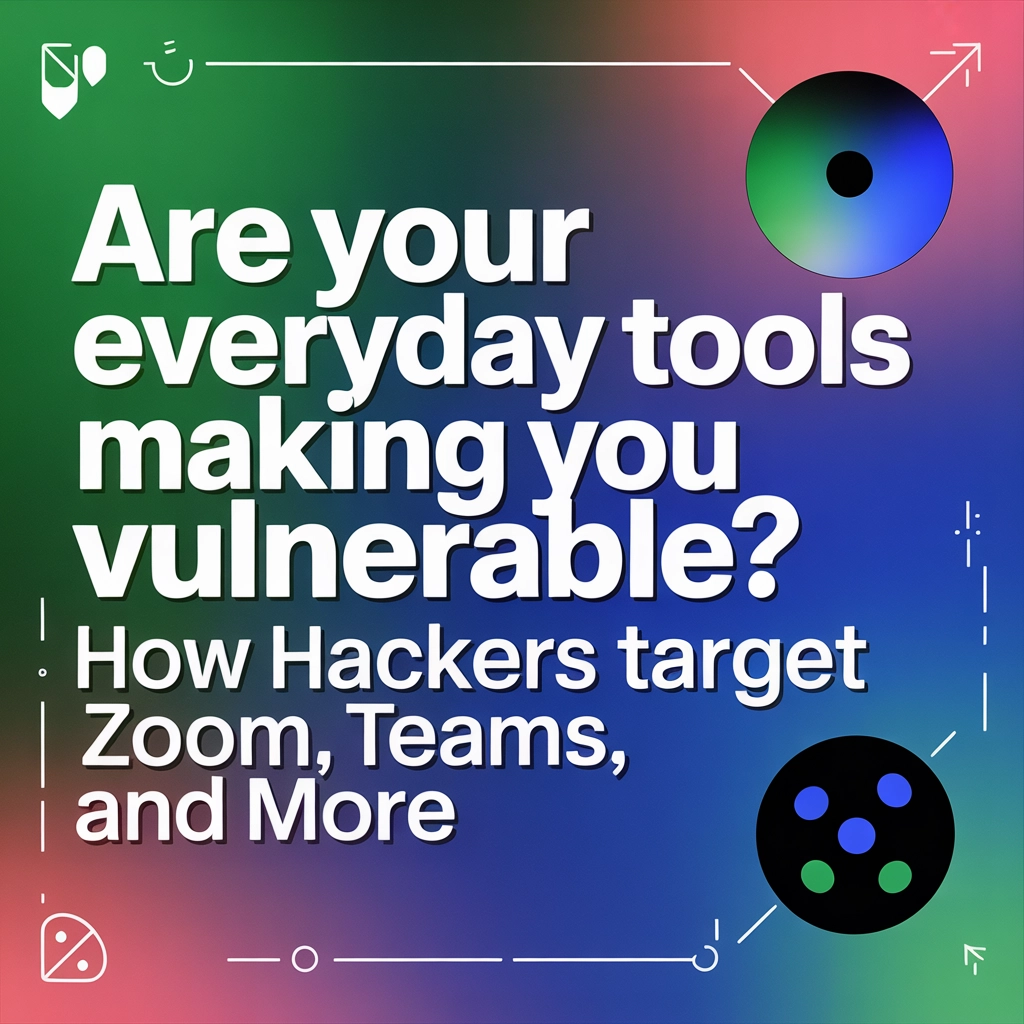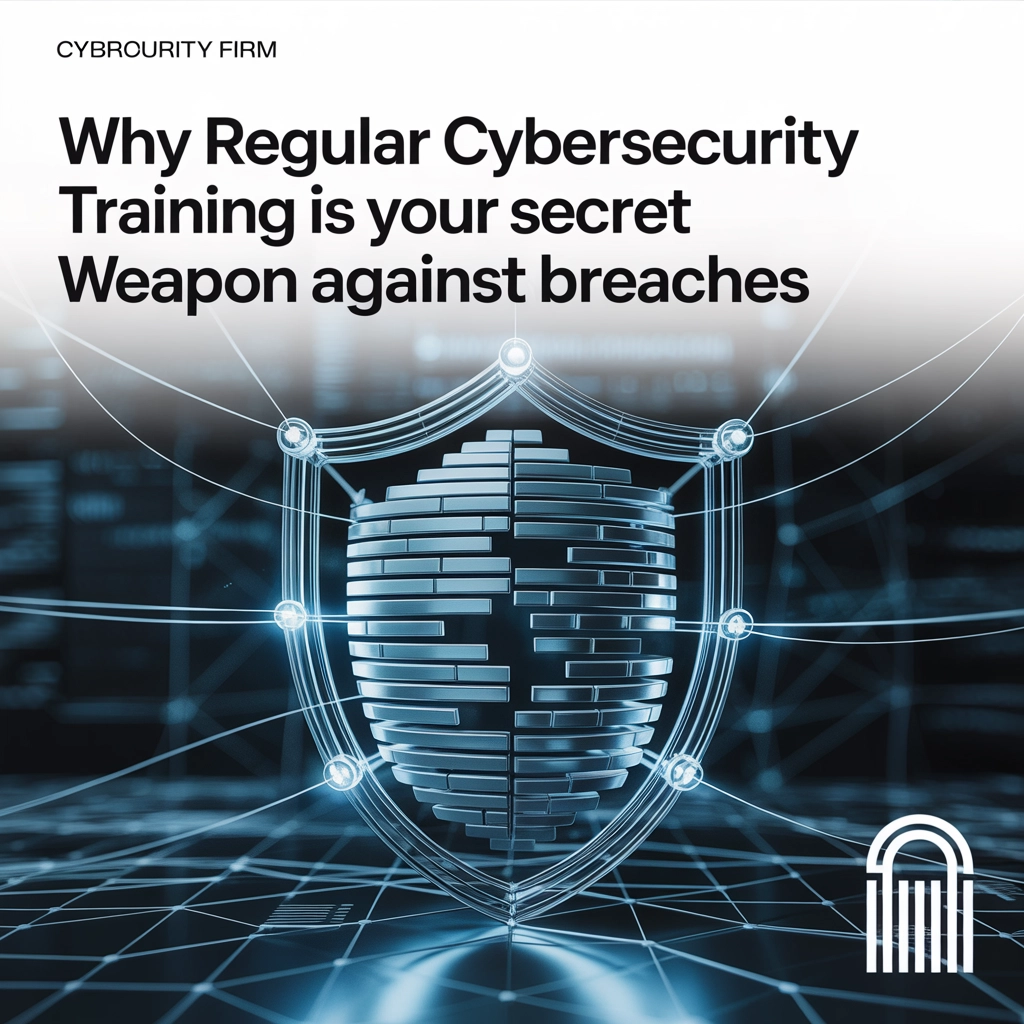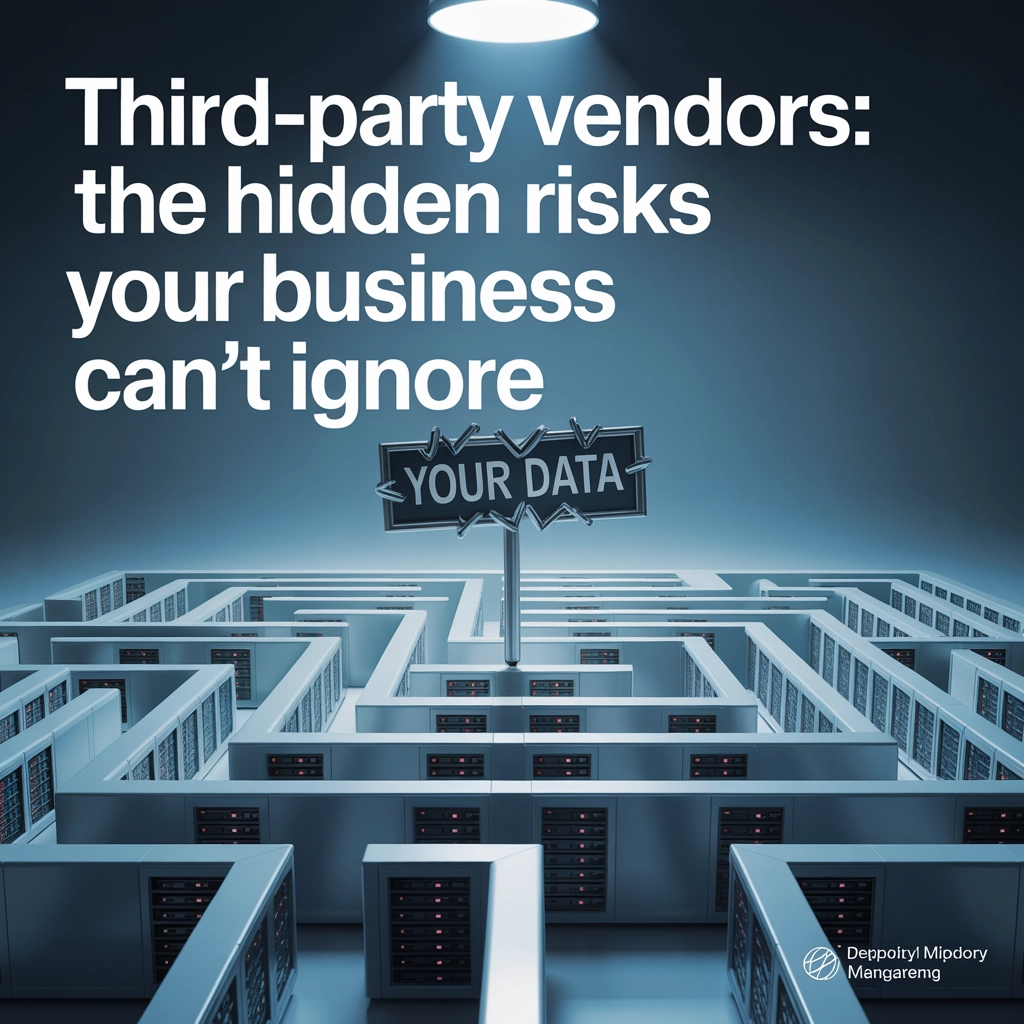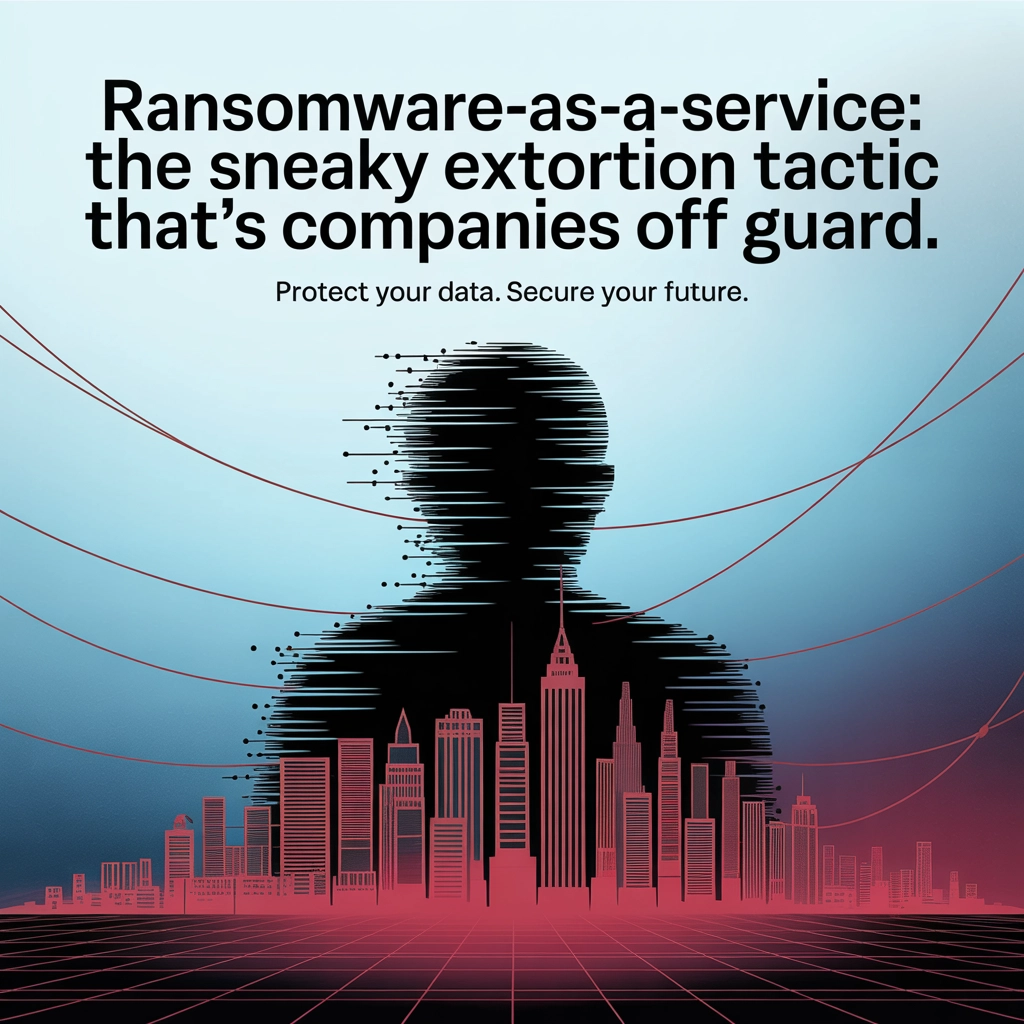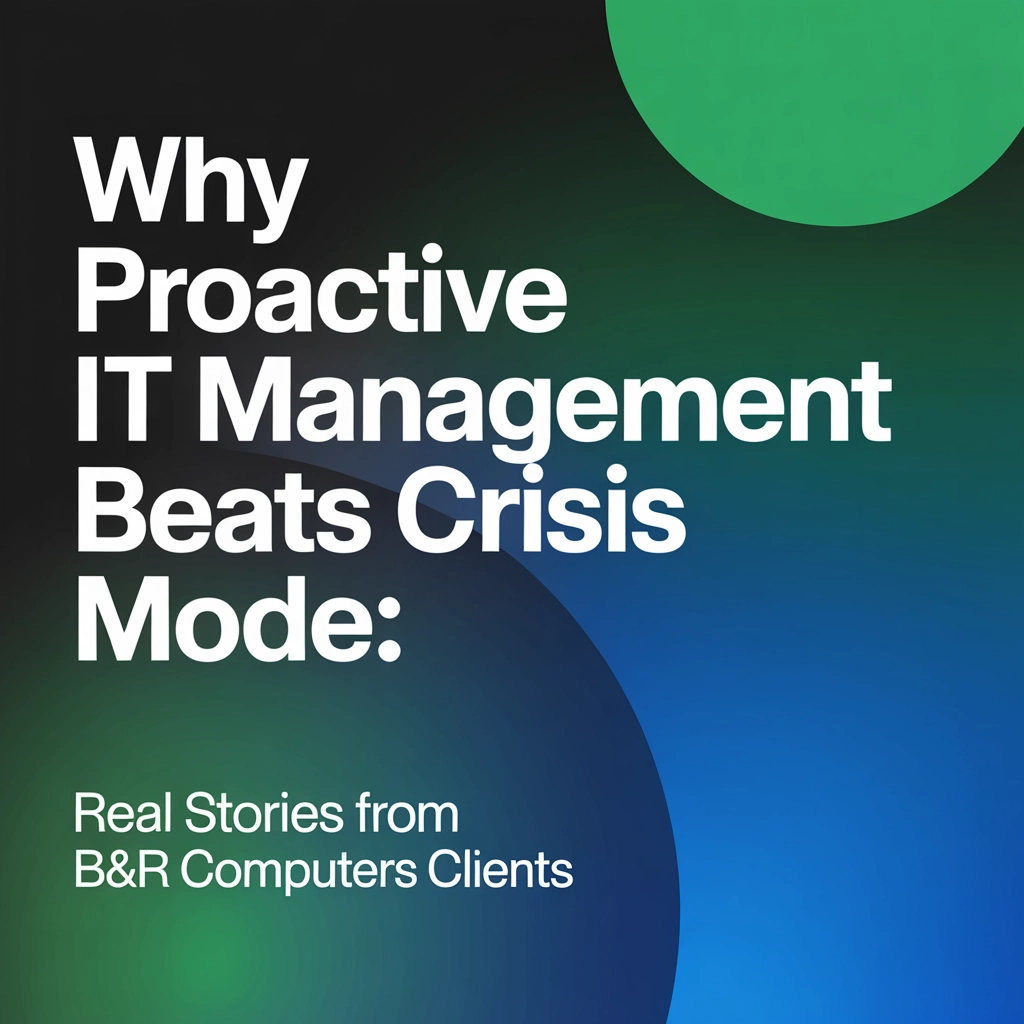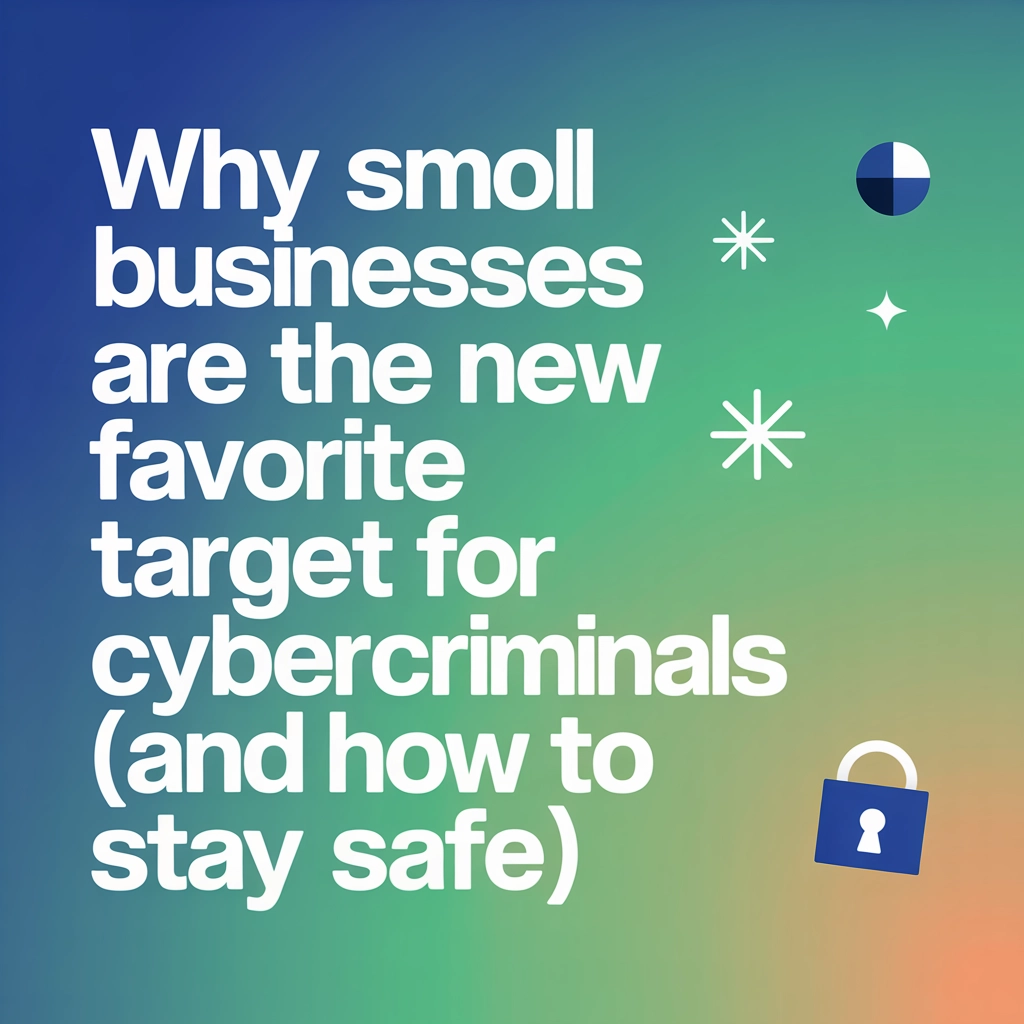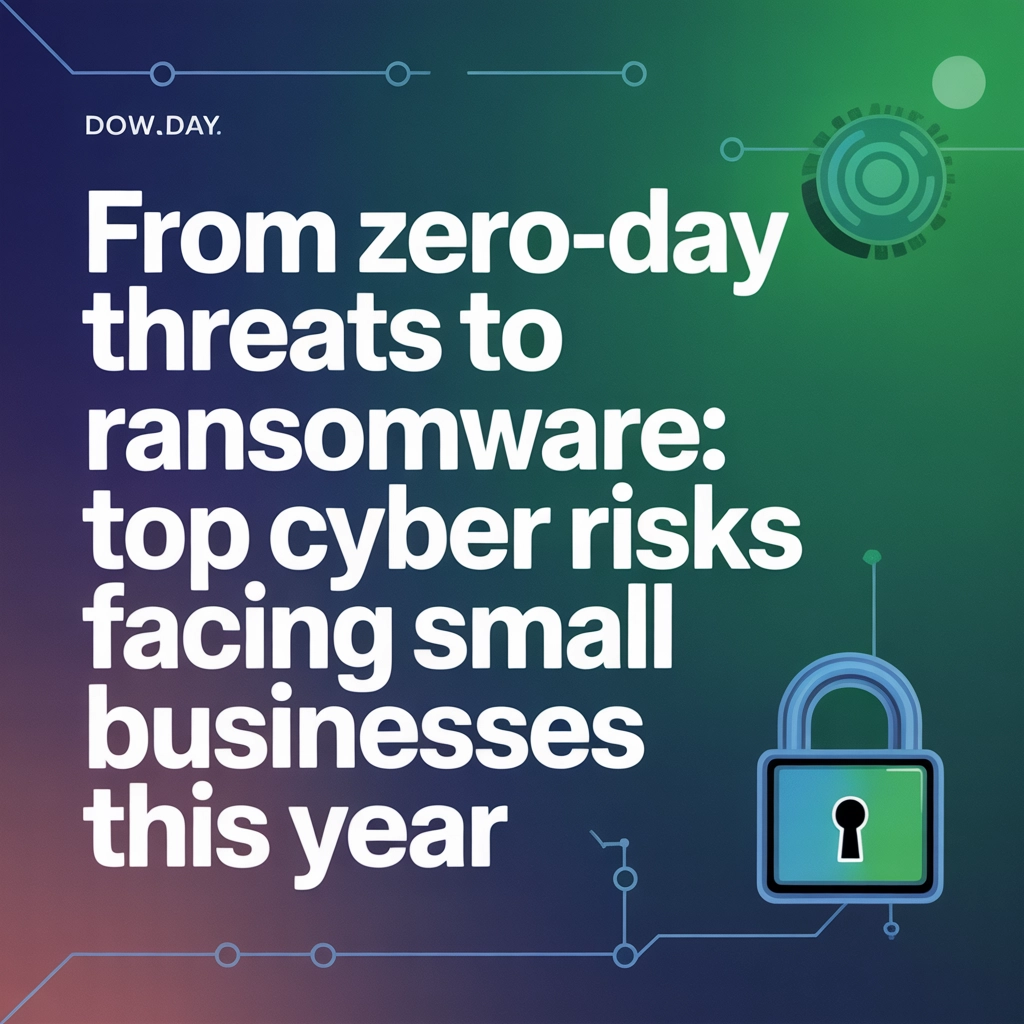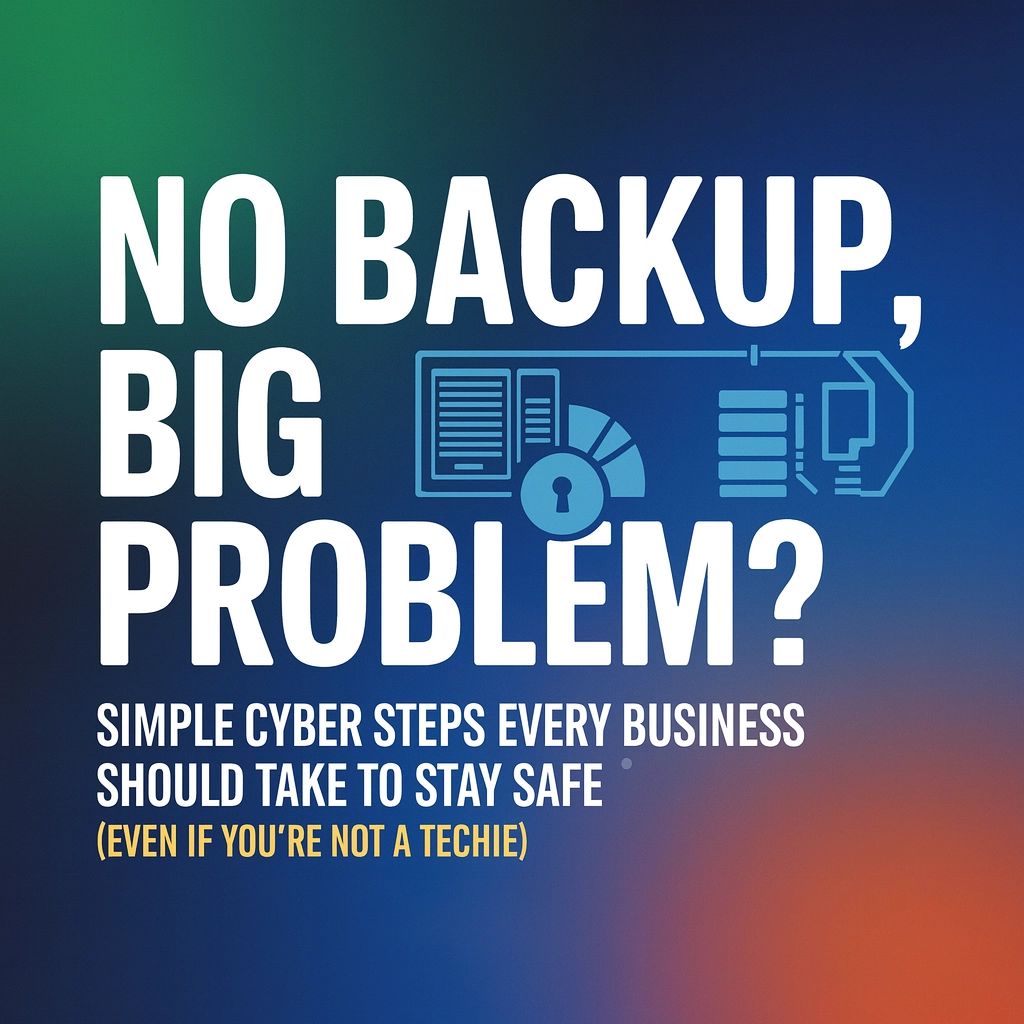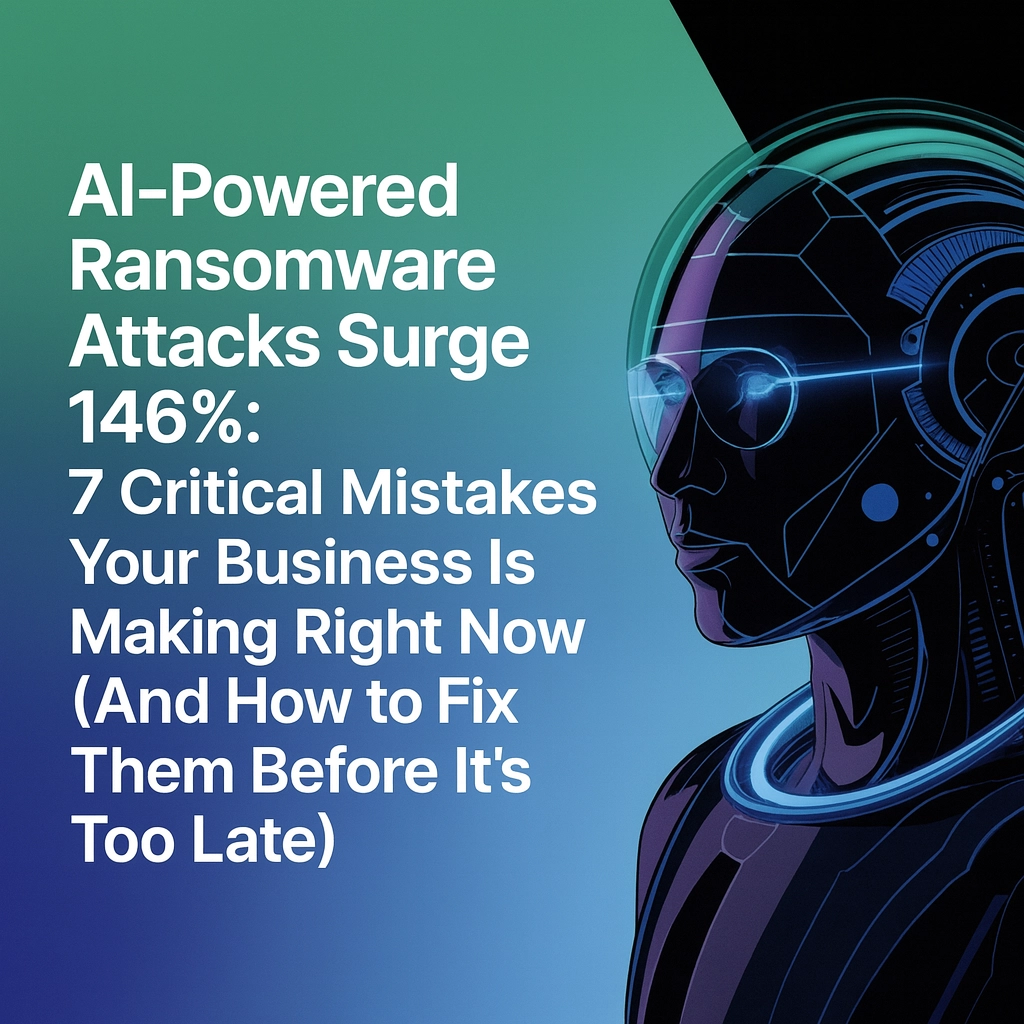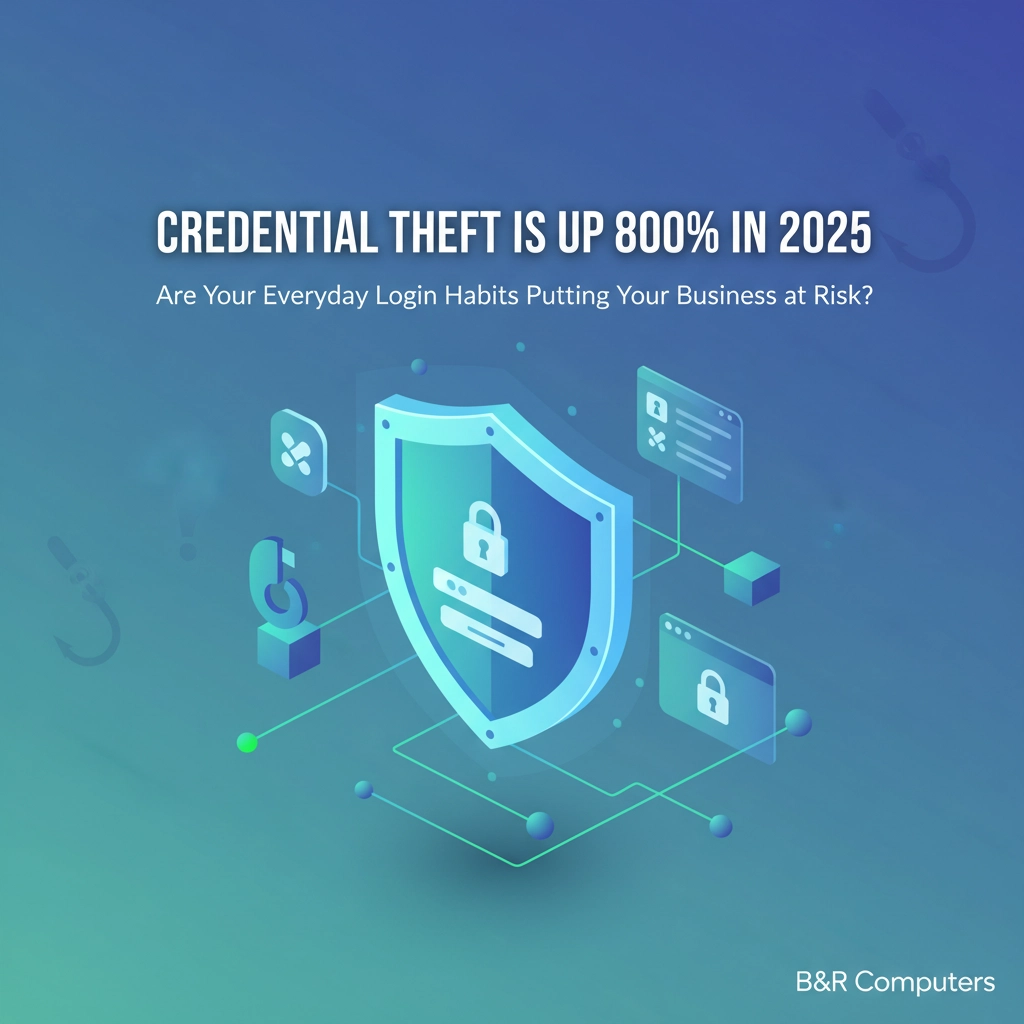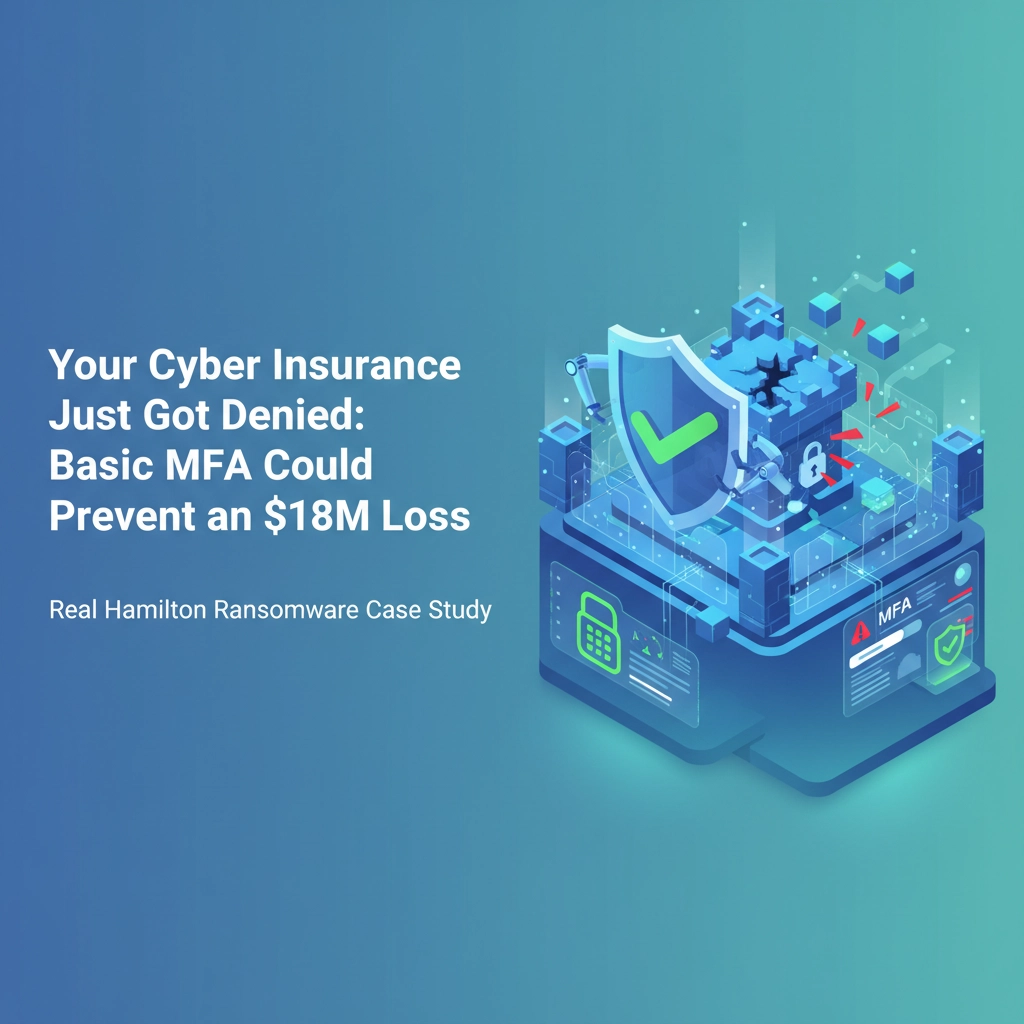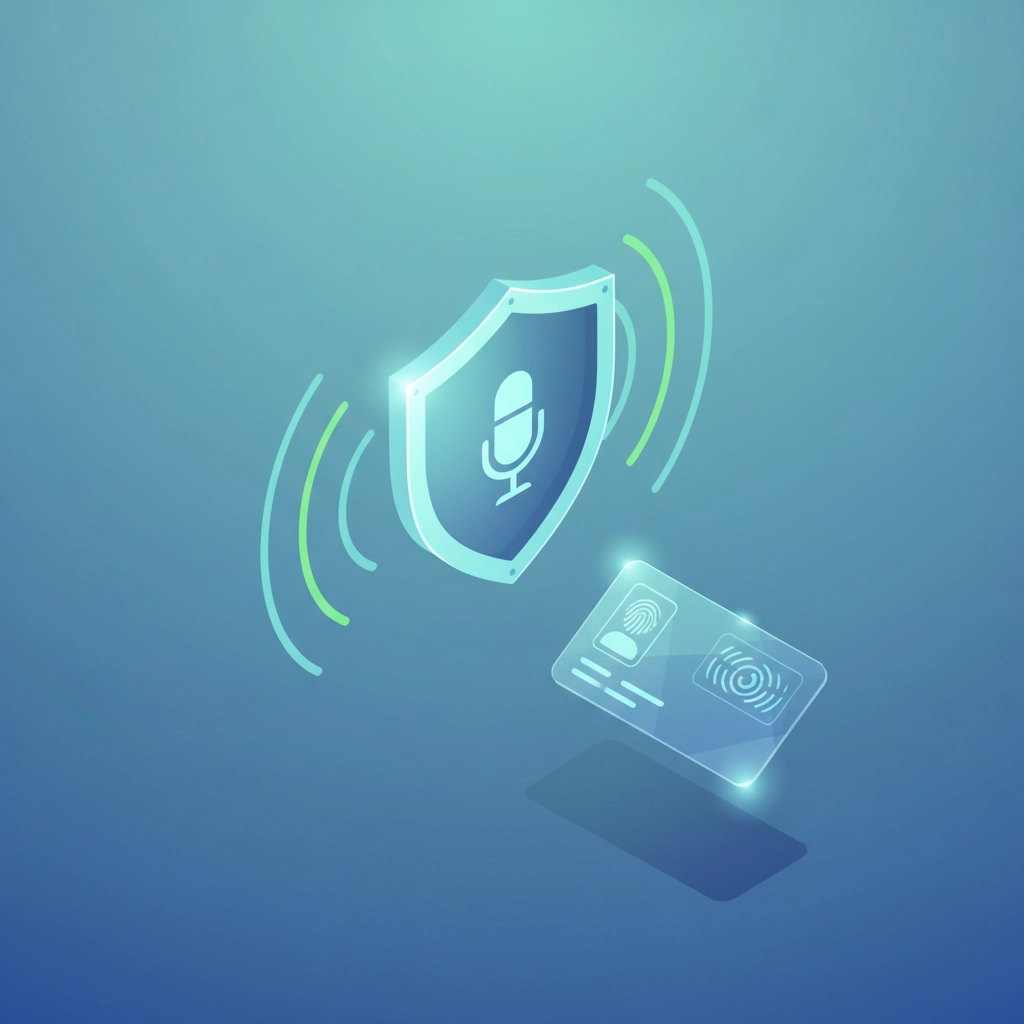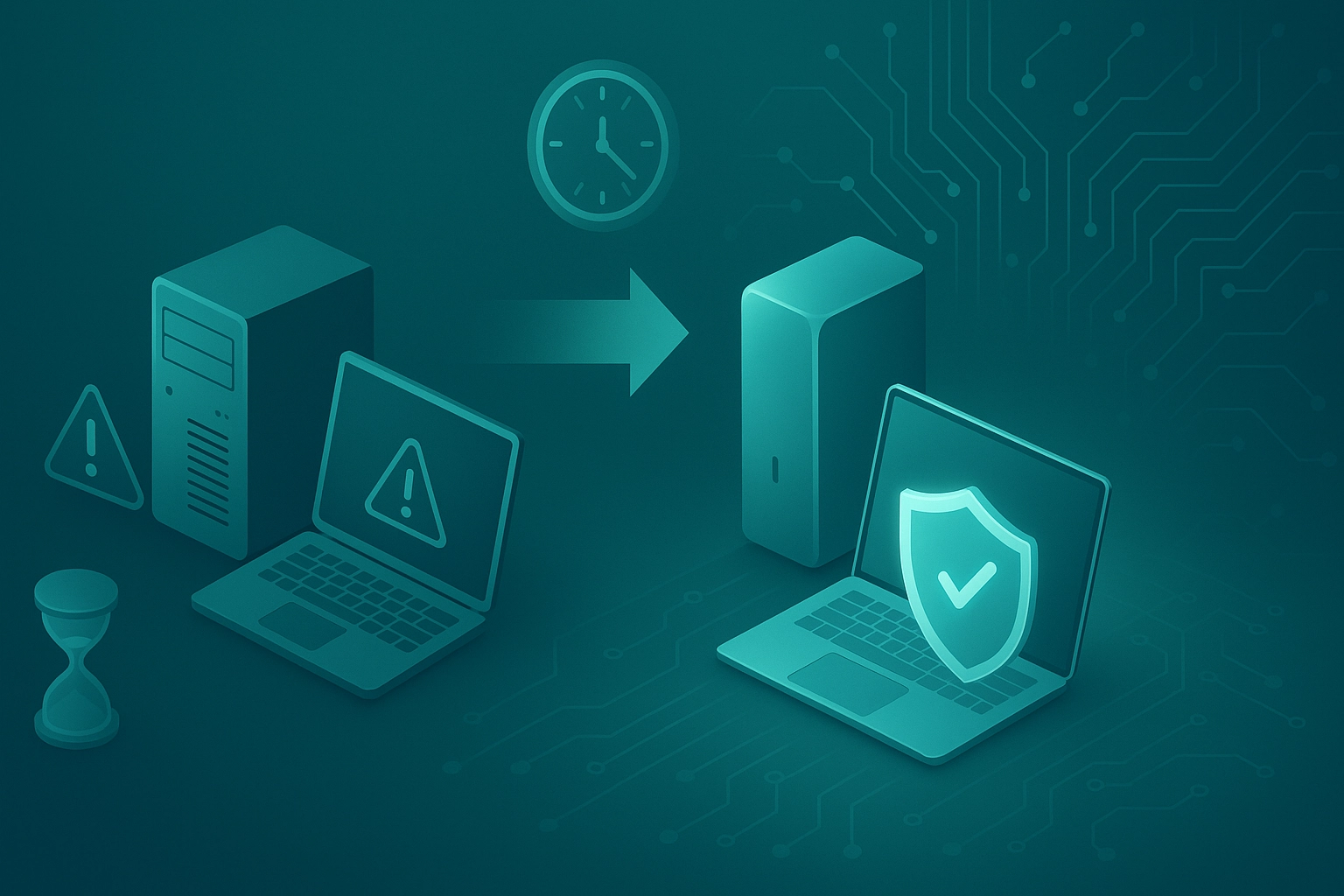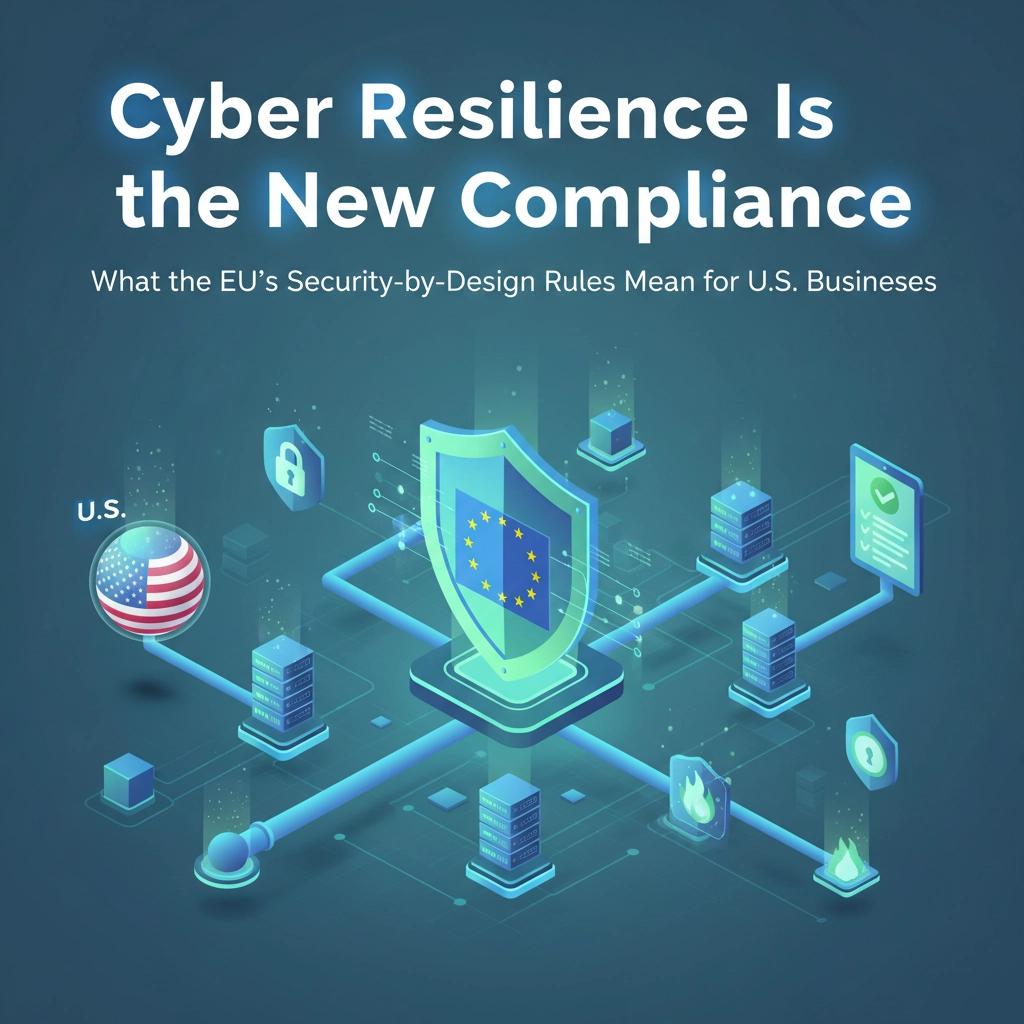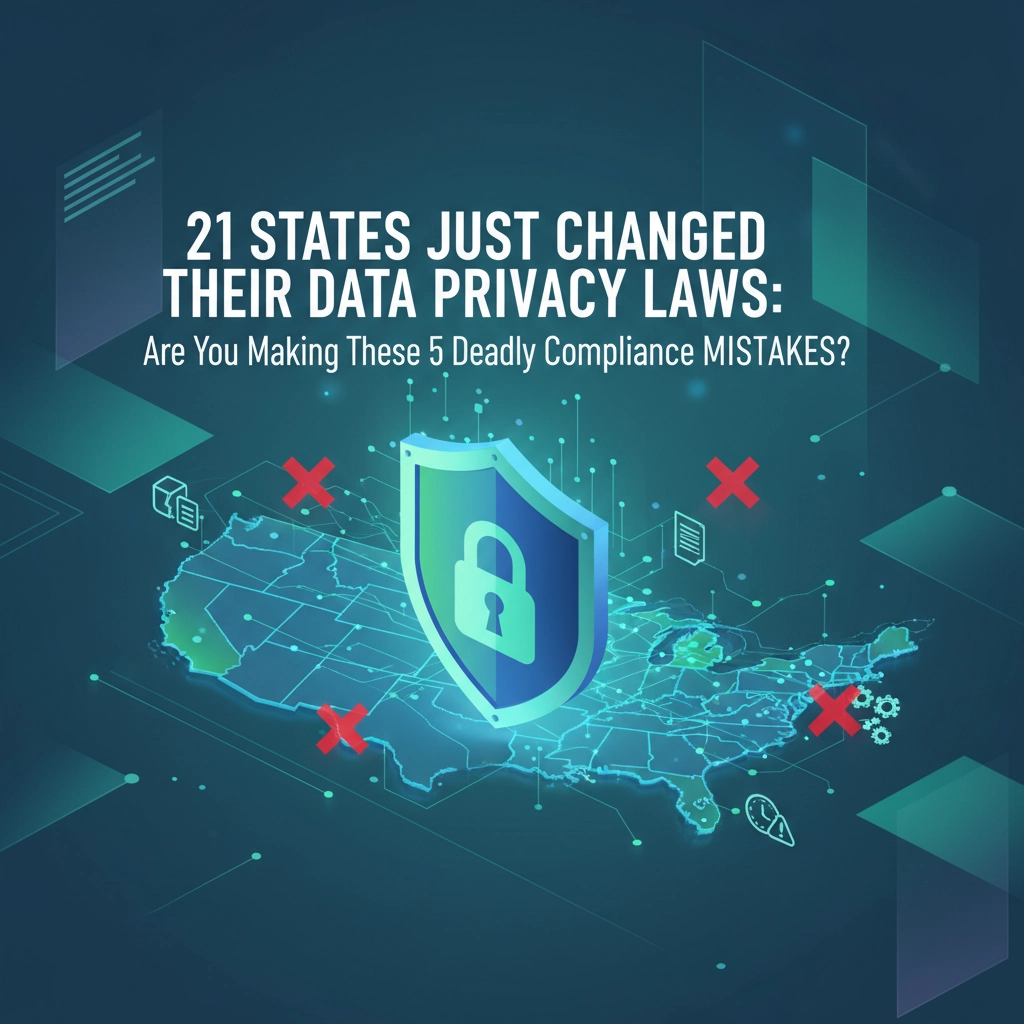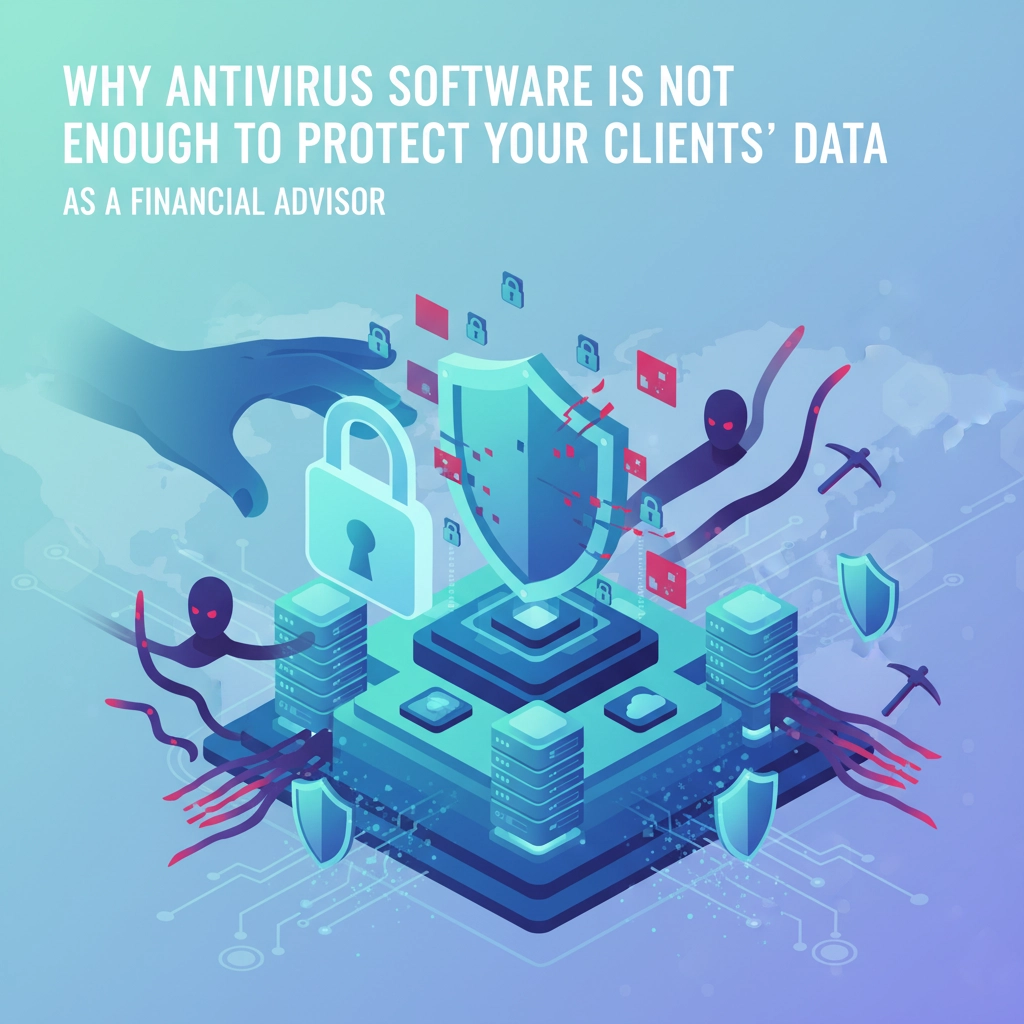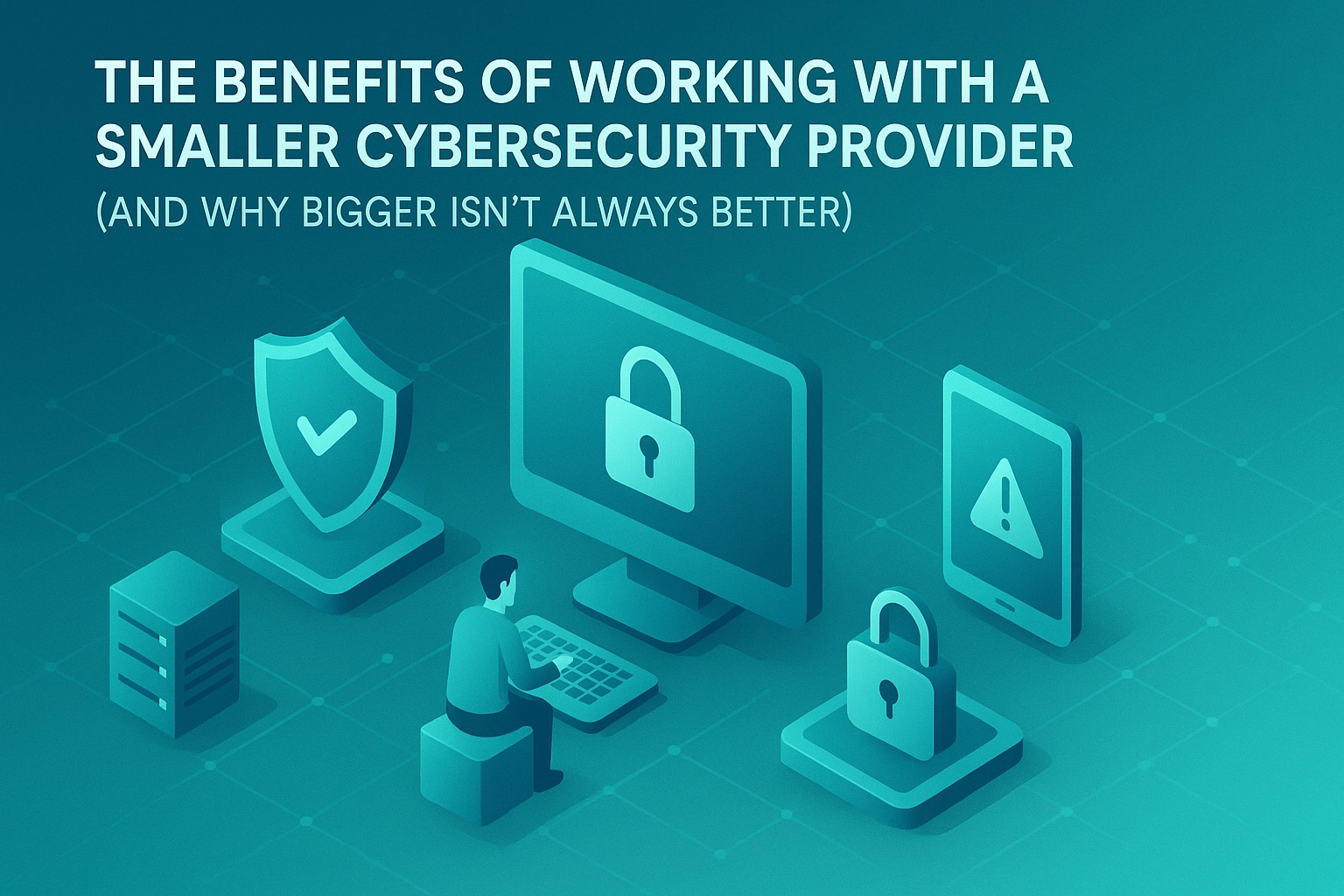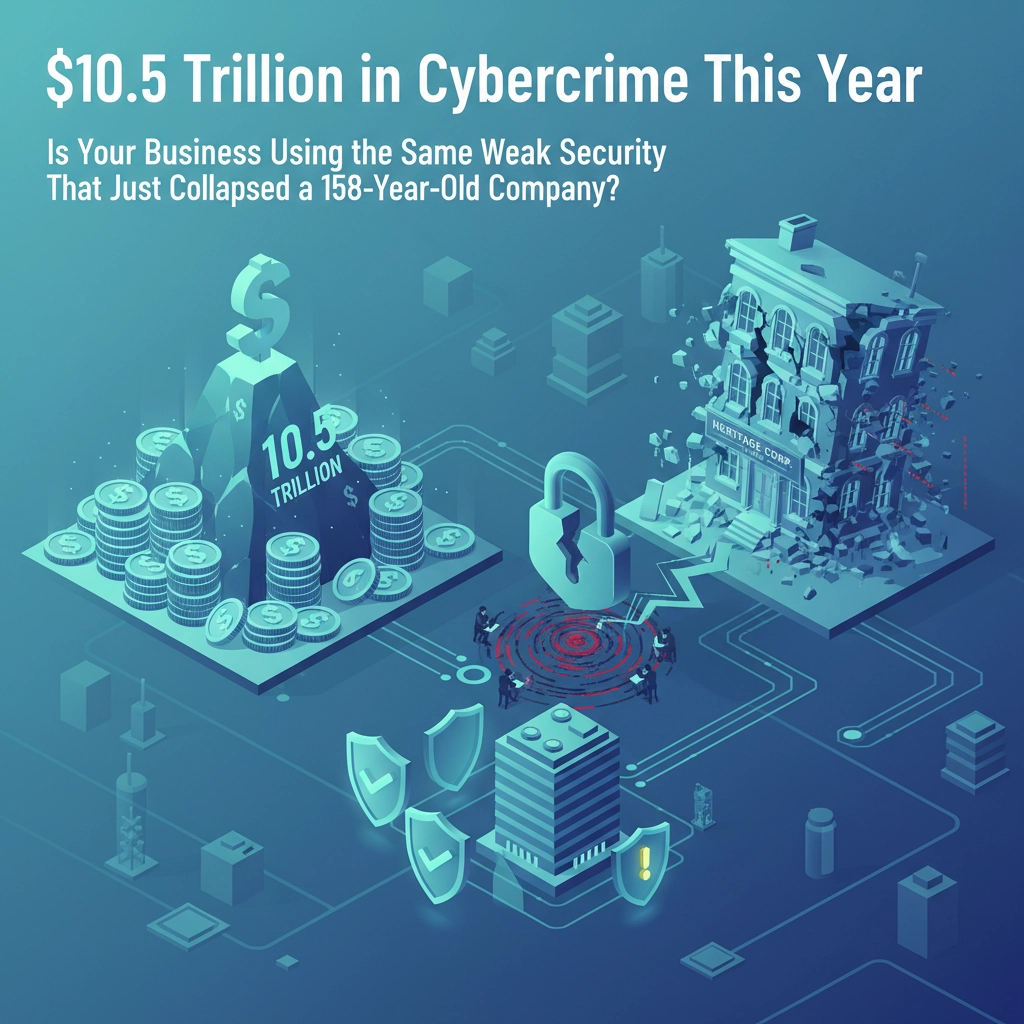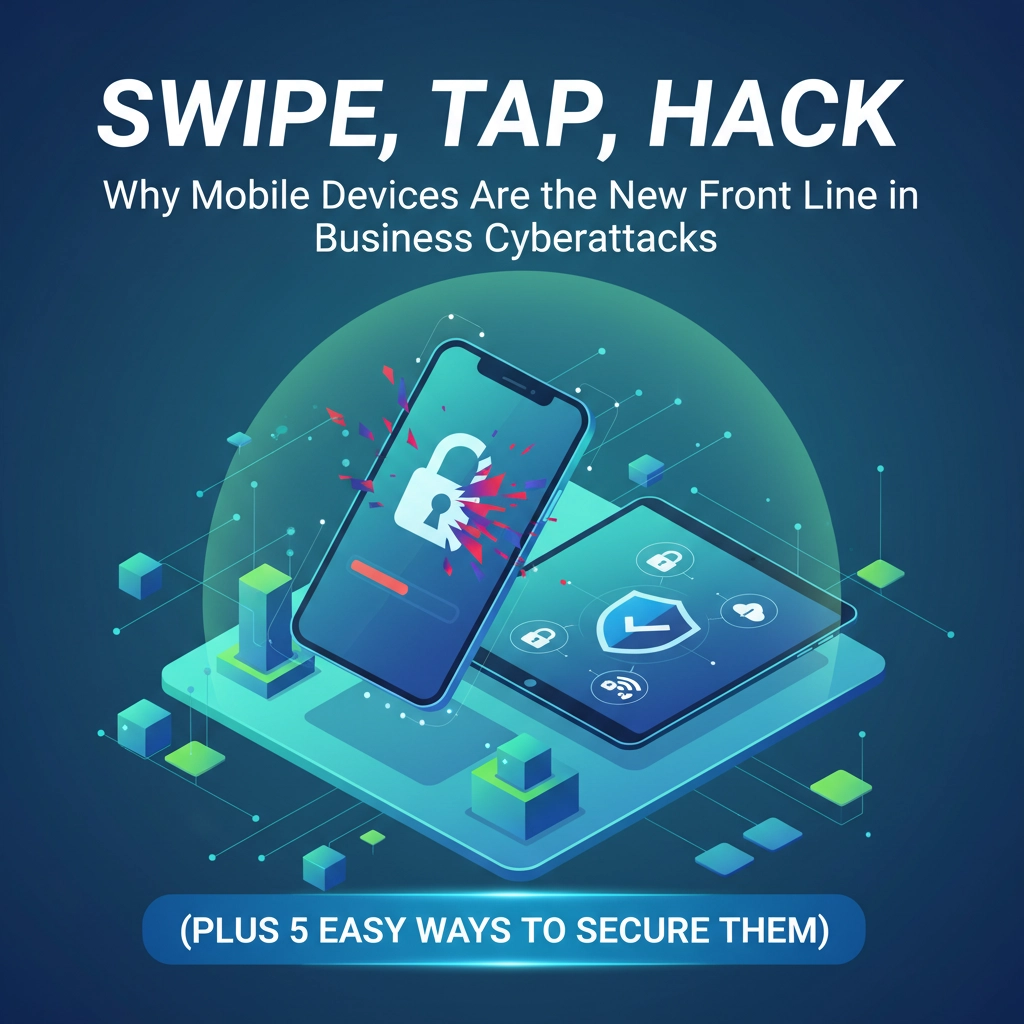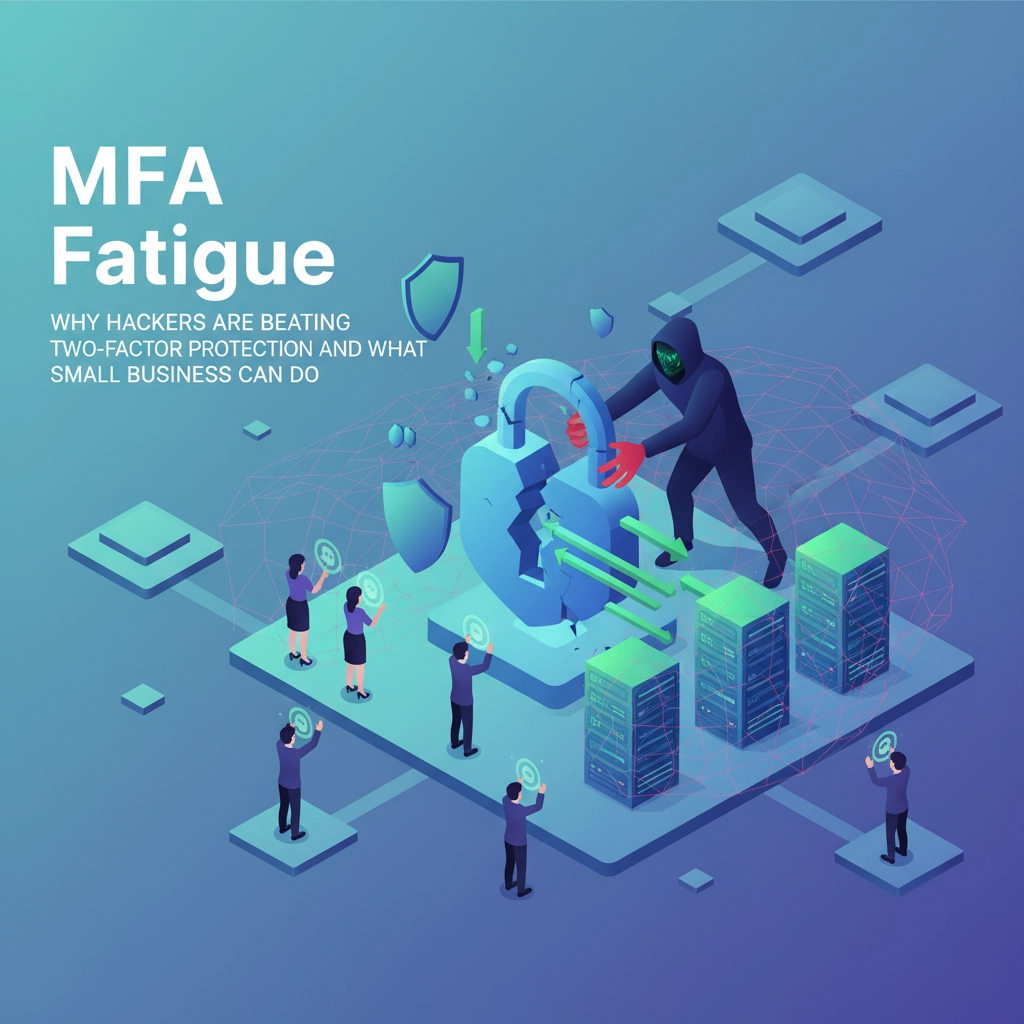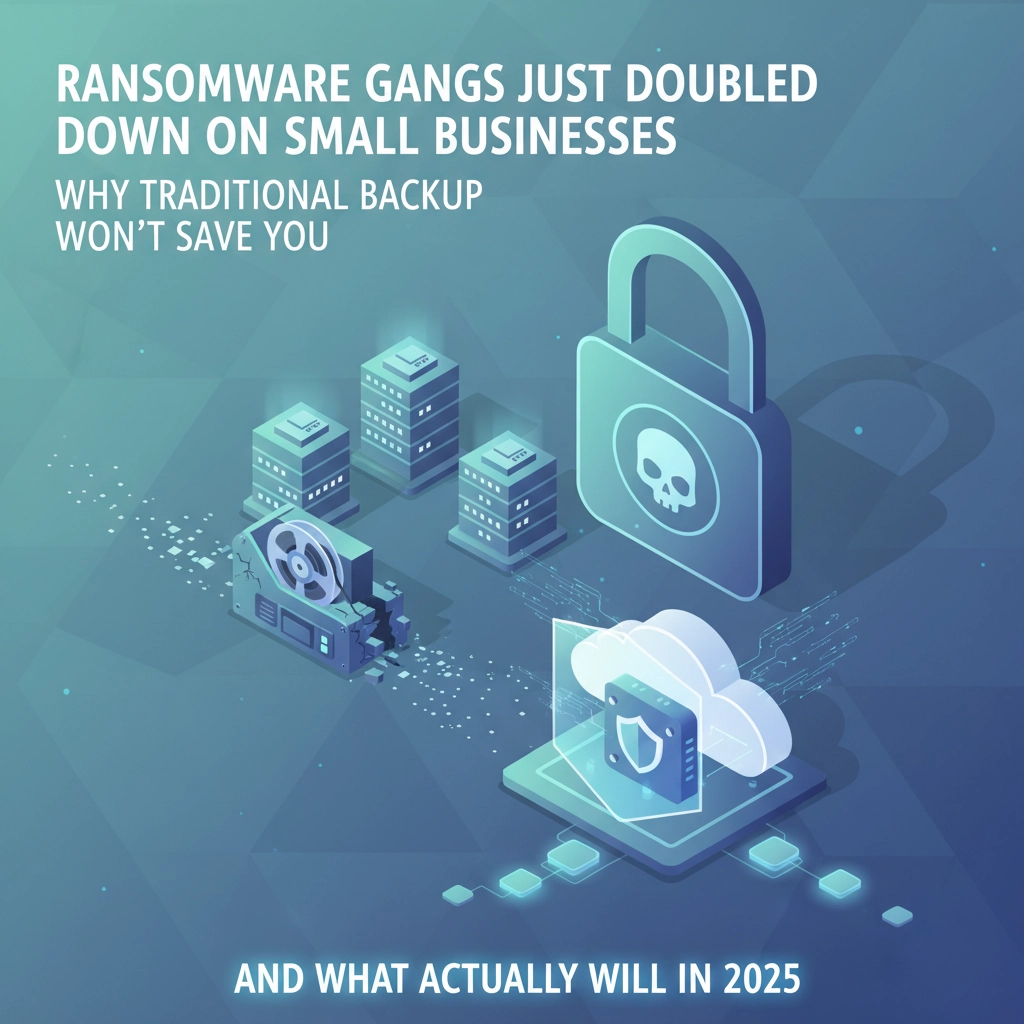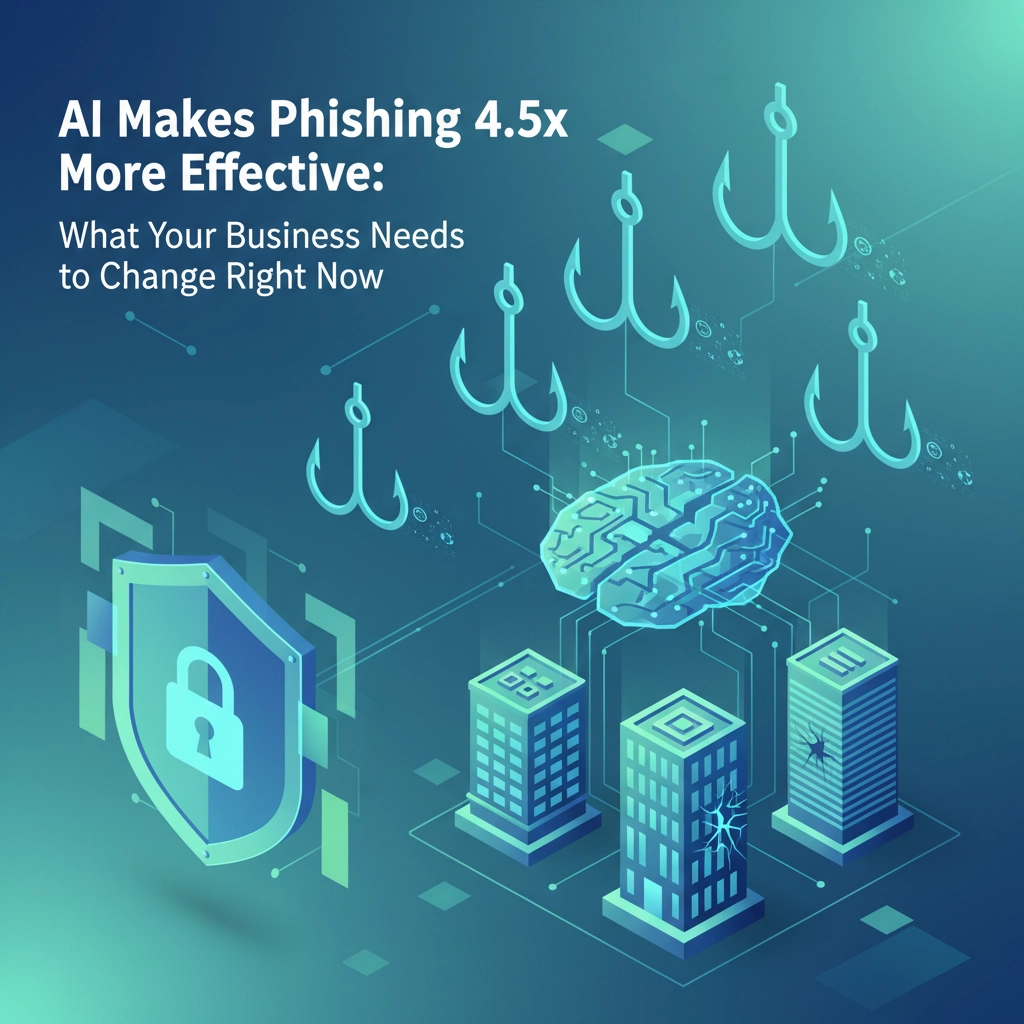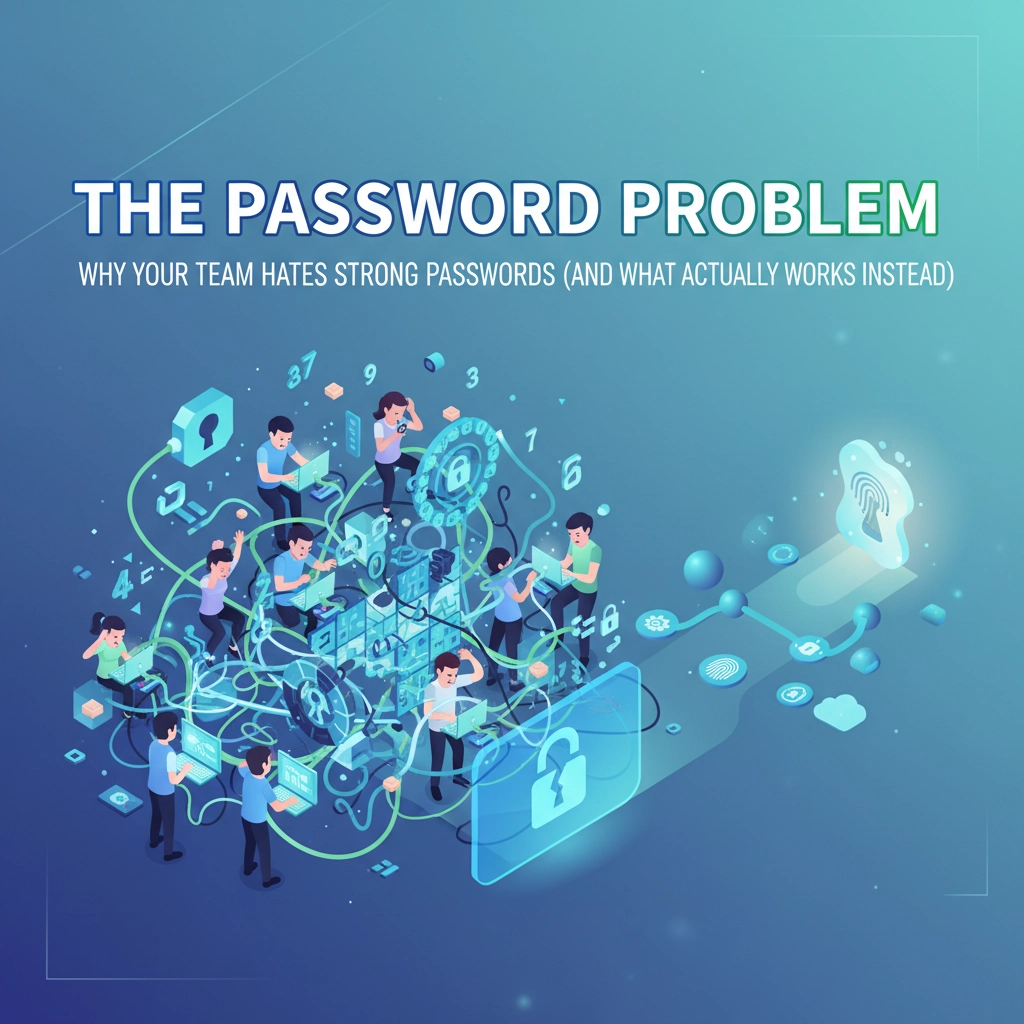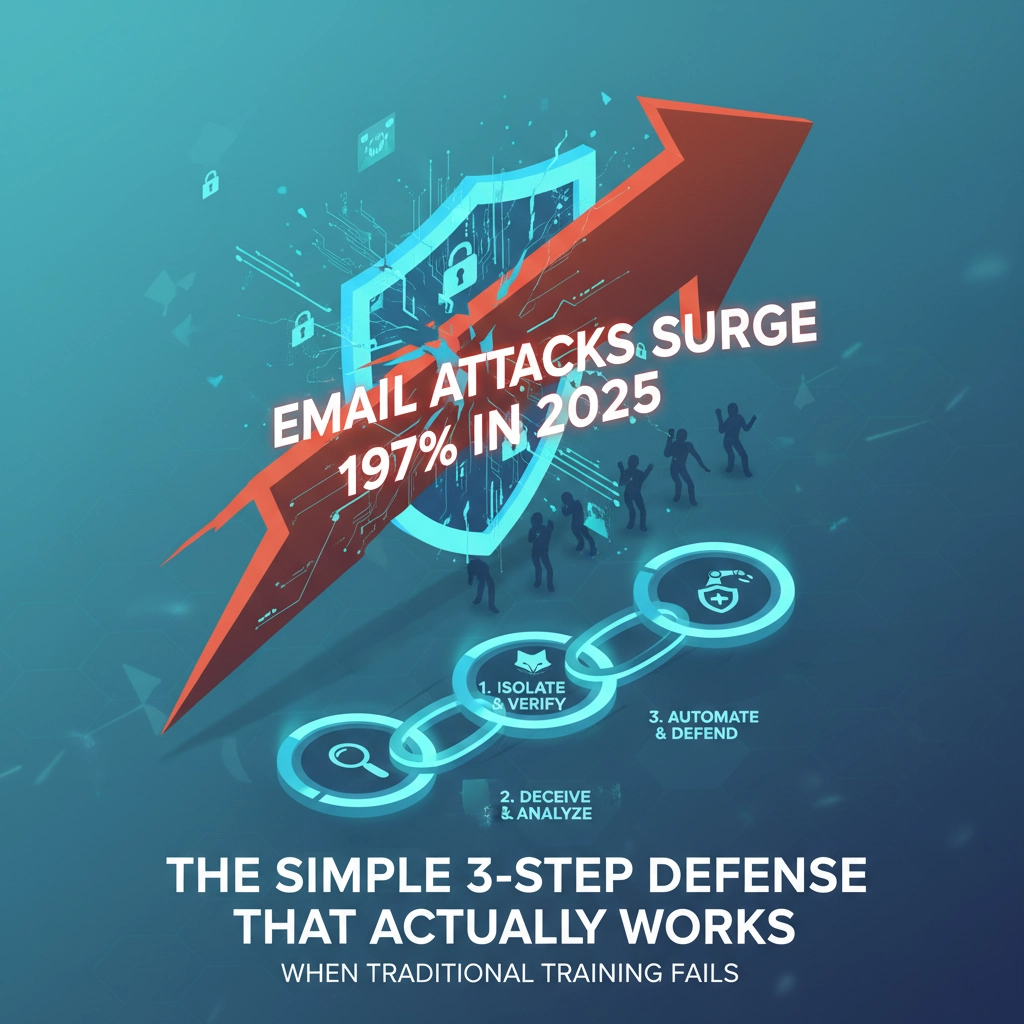Last month, a finance employee at a major corporation received what appeared to be a routine video call from their CFO. The executive looked normal, sounded exactly right, and was joined by several familiar colleagues. The request seemed urgent but legitimate: wire $25 million to complete a critical acquisition.
The employee followed orders. Twenty-five million dollars vanished into criminal accounts.
Here's the kicker: none of those "executives" were real. Every face, every voice, every mannerism was generated by AI. Welcome to 2025, where your worst cybersecurity nightmare isn't a phishing email or malware. It's your own CEO asking you to move money, except it's not actually your CEO.
The $25 Million Wake-Up Call
This Hong Kong incident isn't some far-fetched sci-fi scenario. It happened, and it's happening again. Criminals used AI face-swapping technology to impersonate multiple company executives simultaneously during a video conference. The deepfakes were so convincing that an experienced finance professional: someone trained to be skeptical of unusual requests: transferred millions without hesitation.

But here's what should really keep you up at night: this wasn't even the most sophisticated attack we've seen. Voice cloning technology has become so advanced that criminals can now replicate anyone's voice with just a few seconds of audio scraped from social media, conference calls, or company videos.
Think about it. How many times have you posted a video on LinkedIn? Spoken during a webinar? Your voice is probably already floating around the internet, waiting to be weaponized.
How Voice Cloning Actually Works (And Why It's Terrifying)
The process is simpler than you'd expect. Criminals start by researching their targets on social media, hunting for any video content featuring the victim's voice. A TikTok video, a company presentation, even a voicemail greeting: just 10-15 seconds of clear audio is enough for modern AI tools to create a convincing clone.
Once they have your voice sample, AI algorithms analyze speech patterns, tone, cadence, and even emotional inflections. Within hours, they can generate audio that sounds exactly like you saying things you never said. The technology has become so sophisticated that these clones can even replicate crying, laughter, or anger.
But voice cloning is just the beginning. When combined with video deepfake technology, criminals can create full video calls with multiple "participants." They research company hierarchies, recent business deals, and communication styles to craft scenarios that feel completely authentic.

The psychological manipulation is brilliant and terrifying. By impersonating trusted authority figures during what appears to be a legitimate video conference, criminals bypass our natural skepticism. After all, if you can see and hear your boss giving you instructions, why would you question it?
Red Flags That Scream "Deepfake"
Despite their sophistication, AI-generated voices and videos aren't perfect. Here's what to watch for:
Audio Warning Signs
Listen for unnatural voice cadence or subtle audio artifacts. Real voices have natural variations: we pause, breathe, stumble over words, and have slight inconsistencies in tone. Cloned voices often sound too polished or have robotic undertones.
Pay attention to speech patterns. Does your CEO suddenly sound more formal than usual? Are they using phrases they'd never normally say? Deepfake voices sometimes lack the personal quirks and informal speech habits that make each person's communication style unique.
Watch for audio delays or synchronization issues. If the voice seems slightly out of sync with the video, or if there are unusual pauses between words, that's a major red flag.
Visual Giveaways
Examine video calls closely for subtle glitches. Look for:
- Unnatural blinking patterns (too frequent or too infrequent)
- Odd mouth movements that don't quite match the words
- Mismatched lighting around the face
- Inconsistent shadows or reflections
- Hair or clothing that seems to "float" or move strangely

Modern deepfake technology struggles with fine details like teeth, eyes, and the area around the mouth. If something looks "off" about these features, trust your instincts.
Behavioral Red Flags
Be immediately suspicious of urgent requests involving money transfers, especially when they bypass normal approval processes. Legitimate business communications follow established protocols. If your CEO is suddenly requesting millions via an unexpected video call without proper documentation, that's not normal: even in urgent situations.
Watch for unusual scheduling. If a high-level executive suddenly has time for an impromptu video call about financial matters, especially outside normal business hours, question it. Real executives typically schedule important financial discussions through proper channels.
The 5-Minute Verification Protocol That Stops Scams Cold
Here's a simple but effective defense strategy:
Step 1: Pause and Document
The moment you receive an urgent financial request via video call, document everything. Screenshot participants, record the request details, and note the time. Don't let urgency override your security protocols.
Step 2: Verify Through Alternative Channels
Contact the person making the request using a phone number or communication method you know is legitimate: not one provided in the current call. Text them, call their office line, or walk to their physical office if possible.
Step 3: Confirm Through Multiple Sources
For large financial requests, require confirmation from at least two different sources using separate communication channels. If your CFO is requesting a wire transfer, get confirmation from both the CFO (through verified channels) and another authorized person.
Step 4: Follow Standard Procedures
Never bypass your company's established approval processes, regardless of how urgent the request seems. If proper documentation isn't available immediately, delay the transaction until it is.

Step 5: Trust Your Instincts
If something feels off, it probably is. Modern criminals are banking on your politeness and reluctance to question authority figures. Better to offend a real executive by double-checking than to lose millions to a fake one.
Building Deepfake Defense Into Your Business
Individual vigilance isn't enough. Organizations need systemic protections:
Implement Multi-Factor Authentication for all financial transactions. Require in-person verification, physical signatures, or phone confirmation for transfers above certain thresholds.
Establish Clear Escalation Protocols that cannot be bypassed, even by senior executives. If your CEO wants to move $25 million, there should be a defined process that includes multiple verification steps.
Train Your Team Regularly on social engineering tactics and deepfake recognition. Make it clear that questioning unusual requests: even from senior leaders: is not just acceptable but expected.
Use Advanced Verification Tools that can detect deepfakes in real-time during video calls. Several cybersecurity companies now offer services that analyze video conferences for signs of AI manipulation.
Limit Voice and Video Exposure by being strategic about what you post publicly. The less audio and video content of your executives available online, the harder it becomes for criminals to create convincing deepfakes.
The Million-Dollar Question: Is Your Business Ready?
Here's the uncomfortable truth: deepfake fraud has surged 900% in recent years, with losses from AI-generated scams on track to reach $40 billion globally. This isn't a future threat: it's happening right now to businesses just like yours.
The criminals behind these scams aren't targeting random companies. They're specifically hunting for businesses with significant cash flows, established vendor relationships, and executives who maintain public profiles. In other words, successful businesses that look exactly like yours.

Every day you delay implementing proper deepfake defenses is another day you're vulnerable. The question isn't whether these attacks will target your industry: it's whether you'll be ready when they target your company.
Your Next Move
Don't wait until you're the next headline about a million-dollar deepfake scam. The criminals are already studying your executives' voices and researching your business processes. They're just waiting for the right moment to strike.
At B&R Computers, we specialize in helping businesses implement comprehensive defenses against AI-powered threats, including deepfake attacks. Our cybersecurity experts can audit your current verification processes, train your team to spot voice cloning scams, and implement multi-factor authentication systems that stop fraud before it drains your accounts.
The $25 million that disappeared in Hong Kong started with one employee who didn't know what to look for. Don't let your business be the next cautionary tale. Contact B&R Computers today to schedule your deepfake defense assessment: because in 2025, the voice telling you to transfer money might not be who you think it is.





